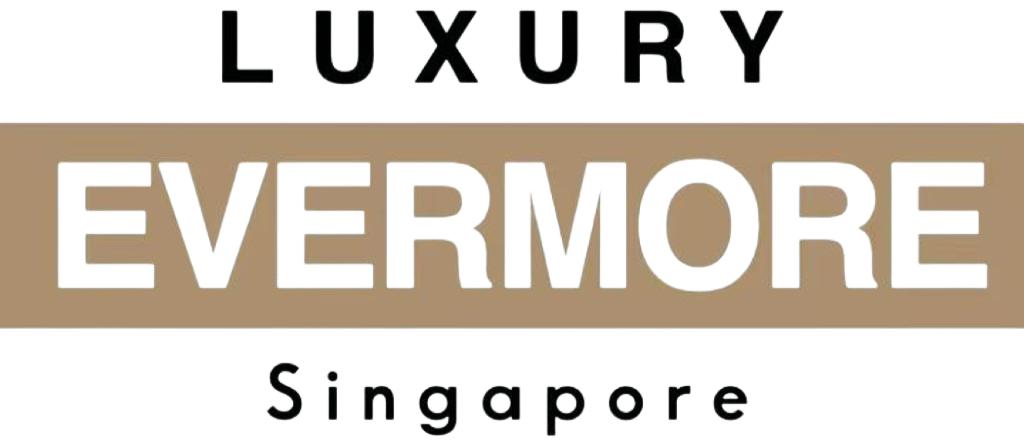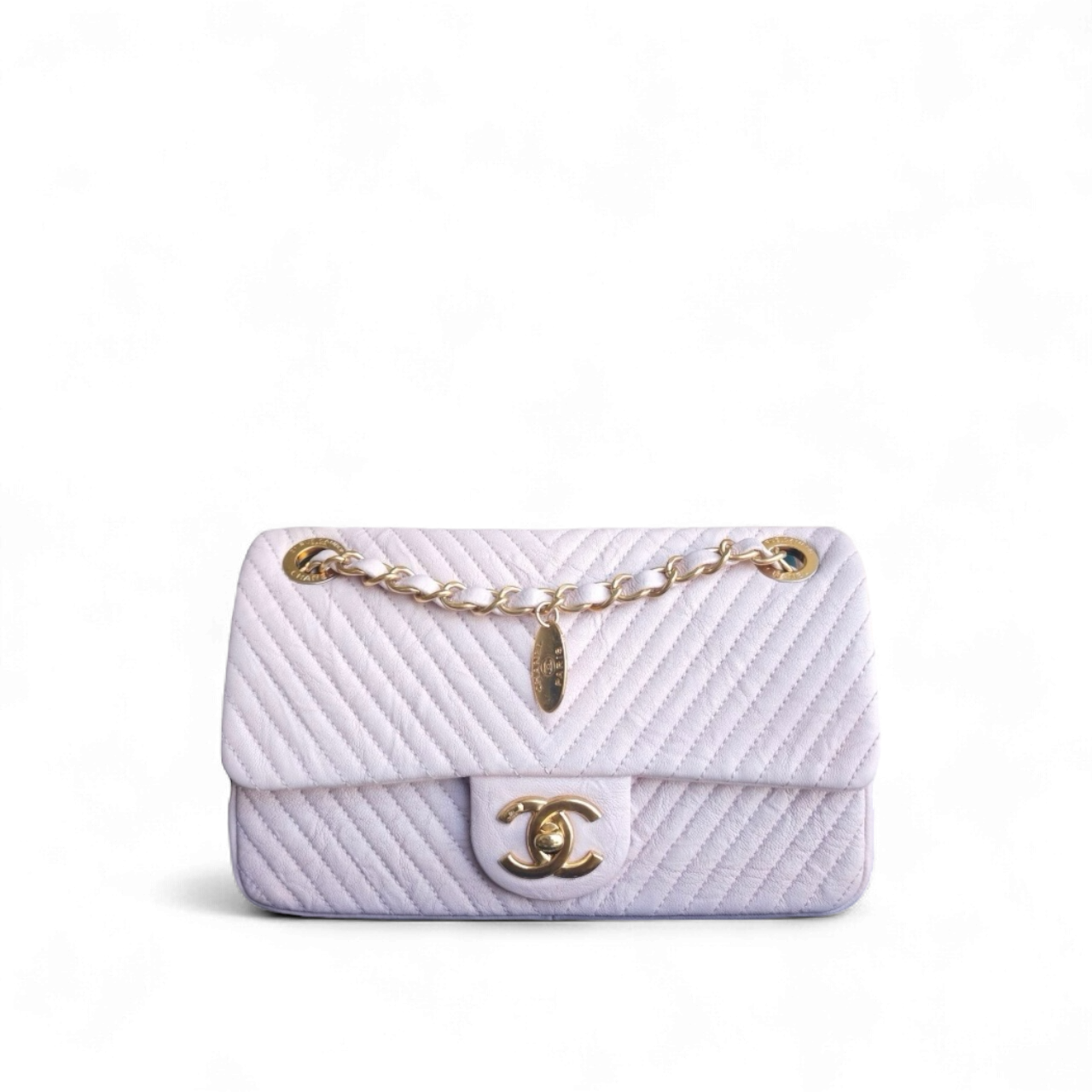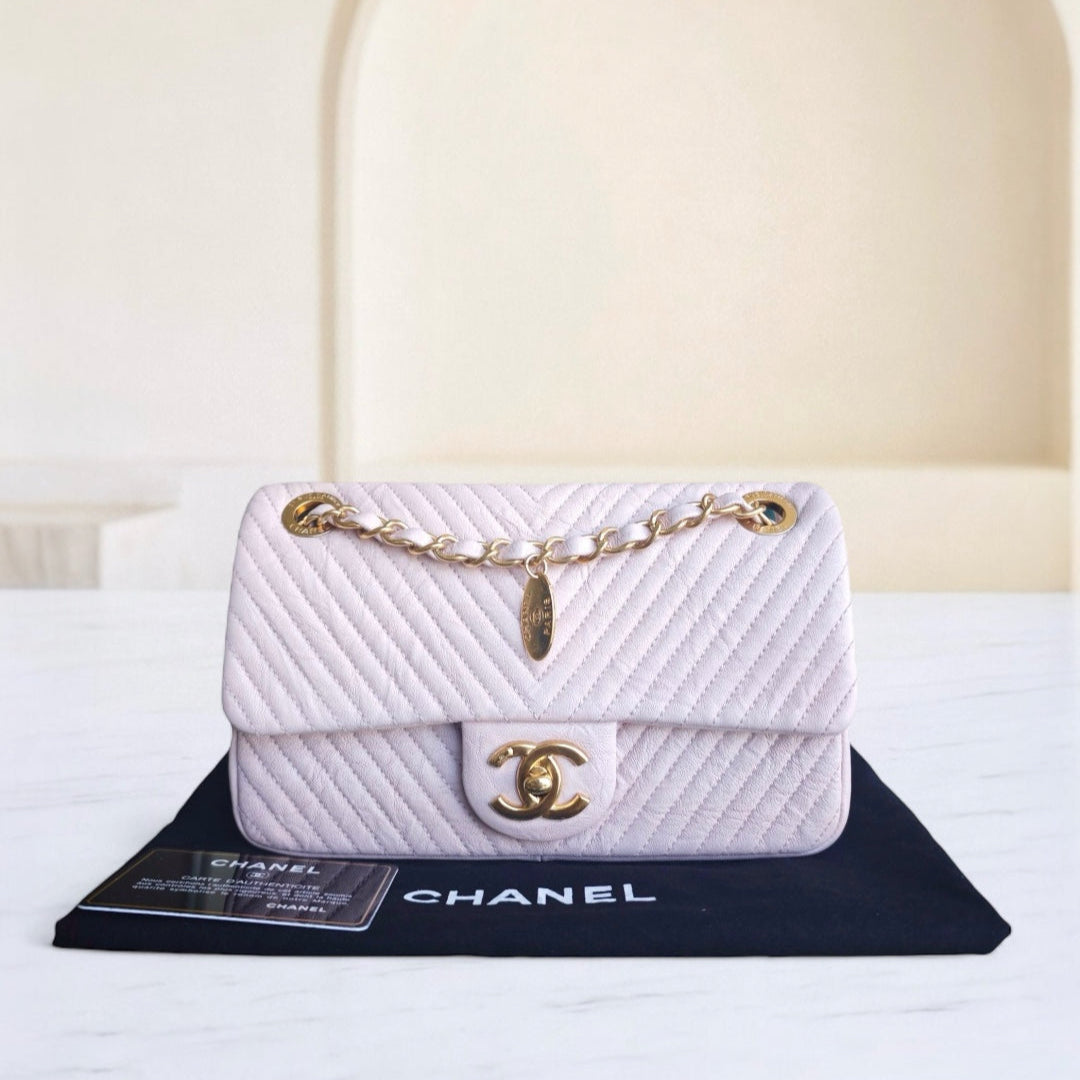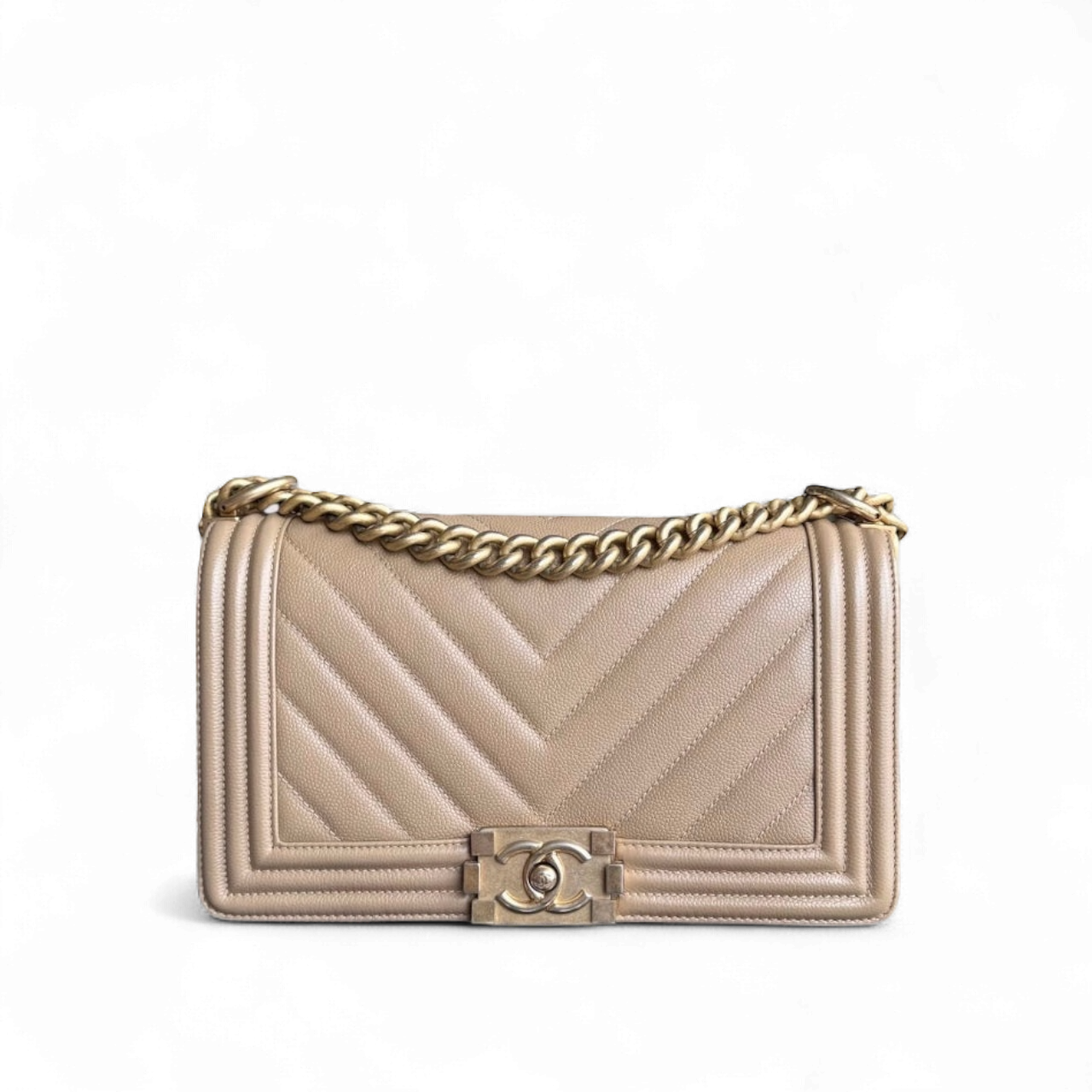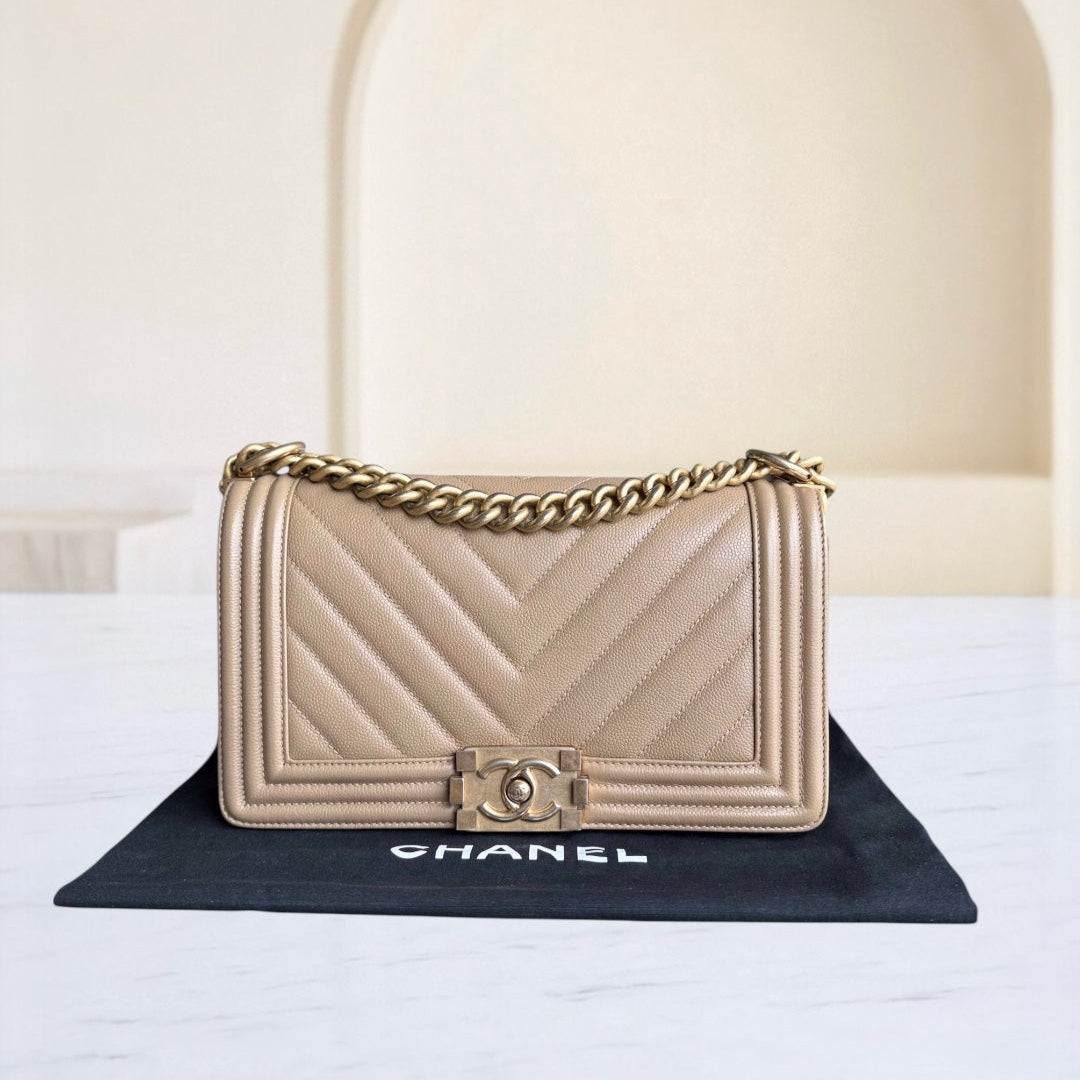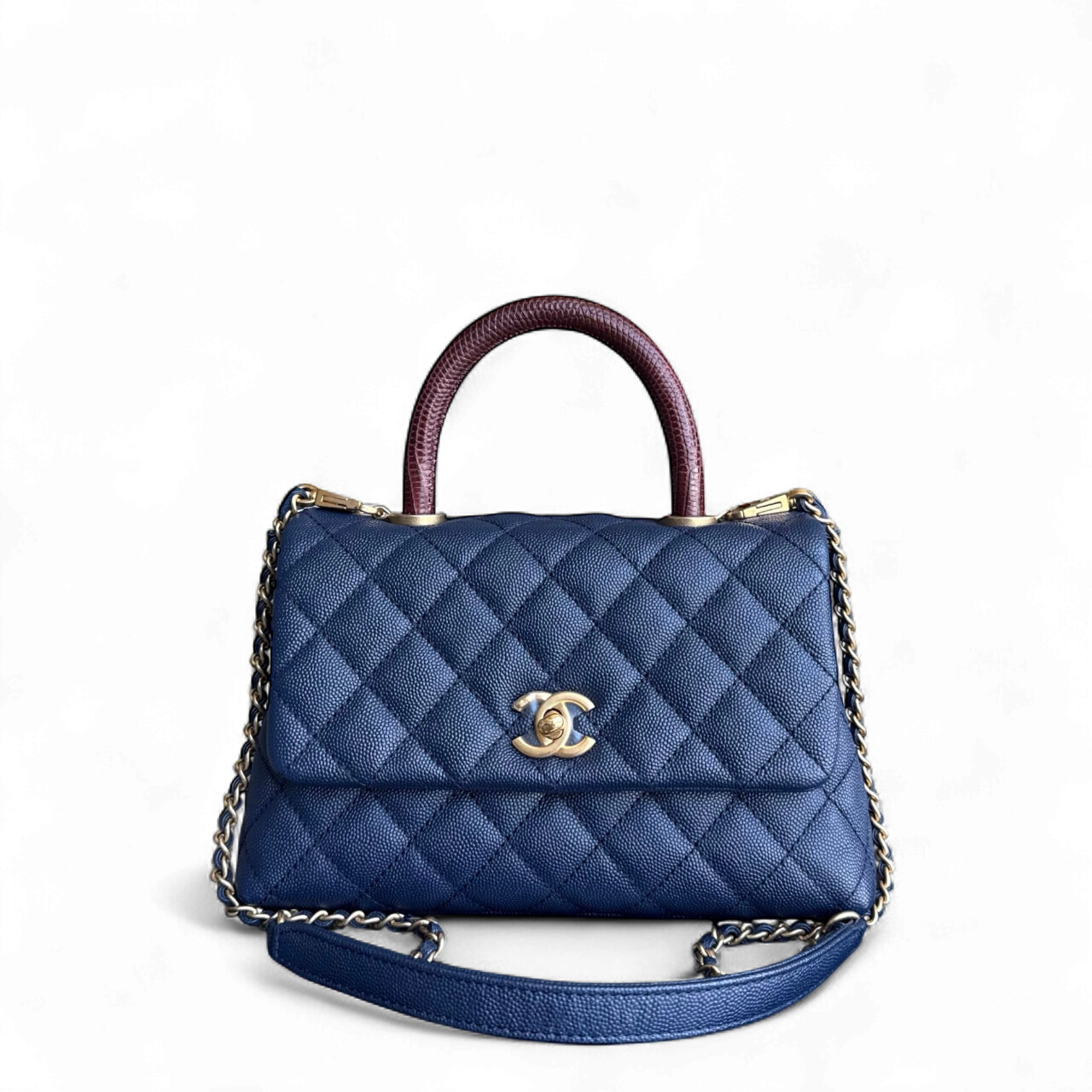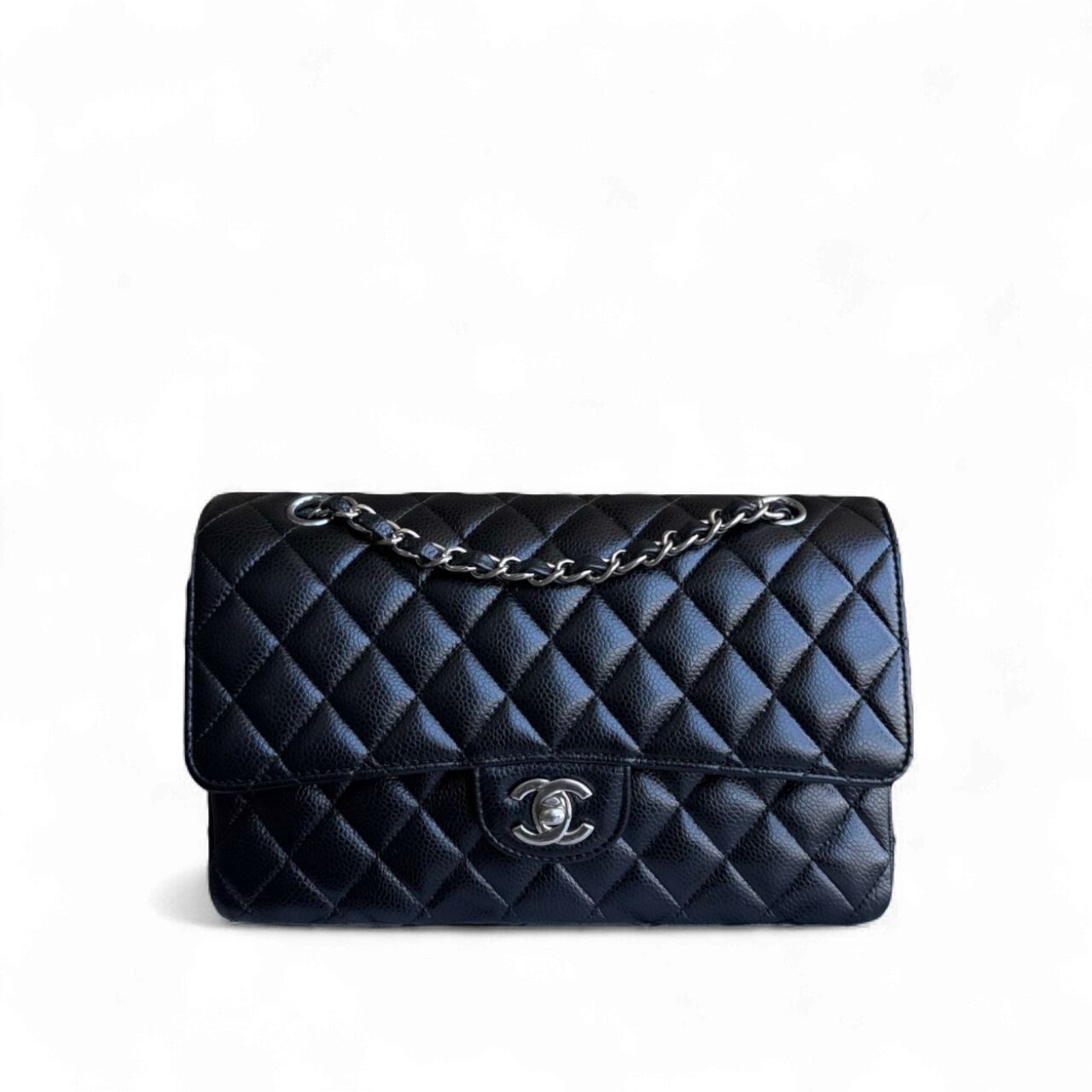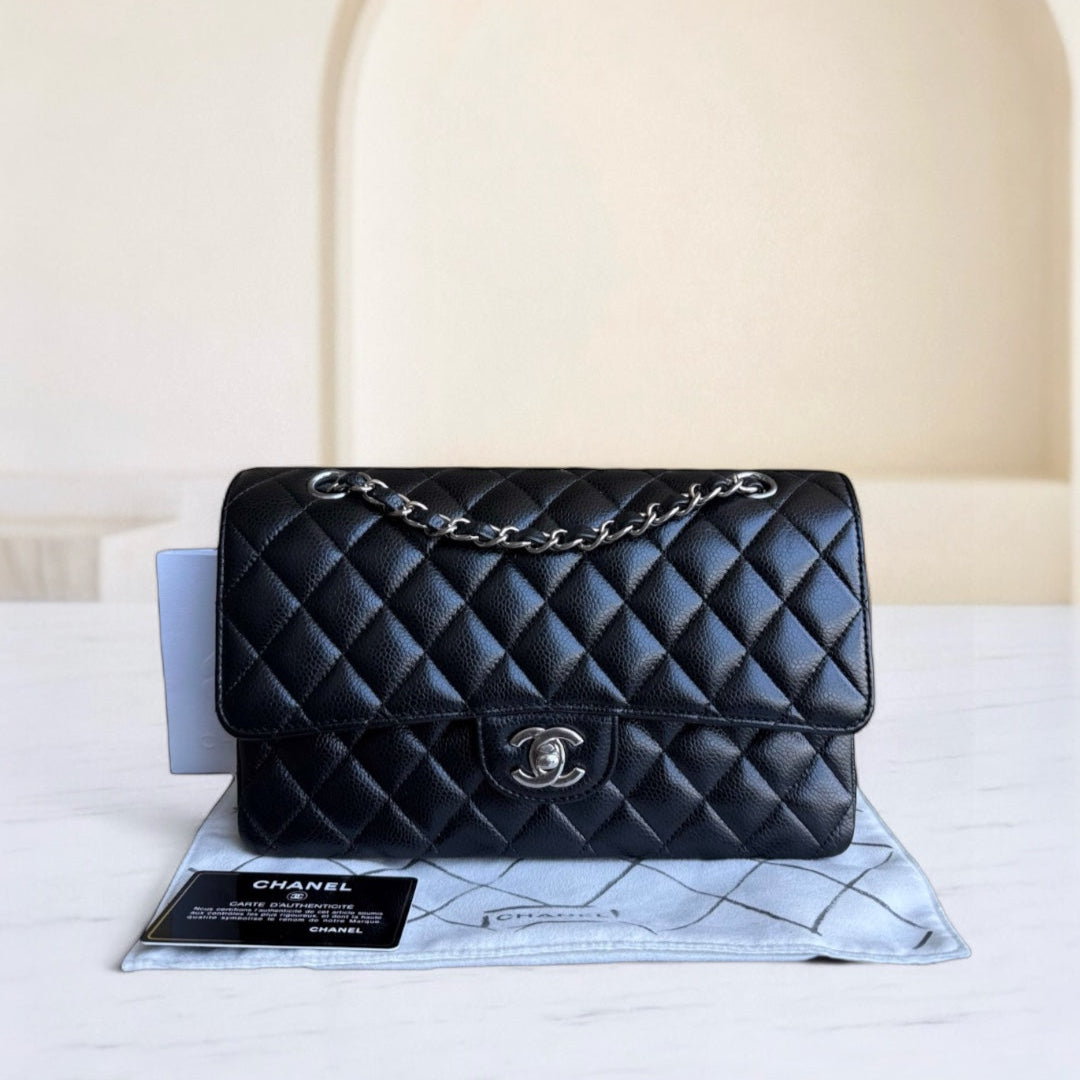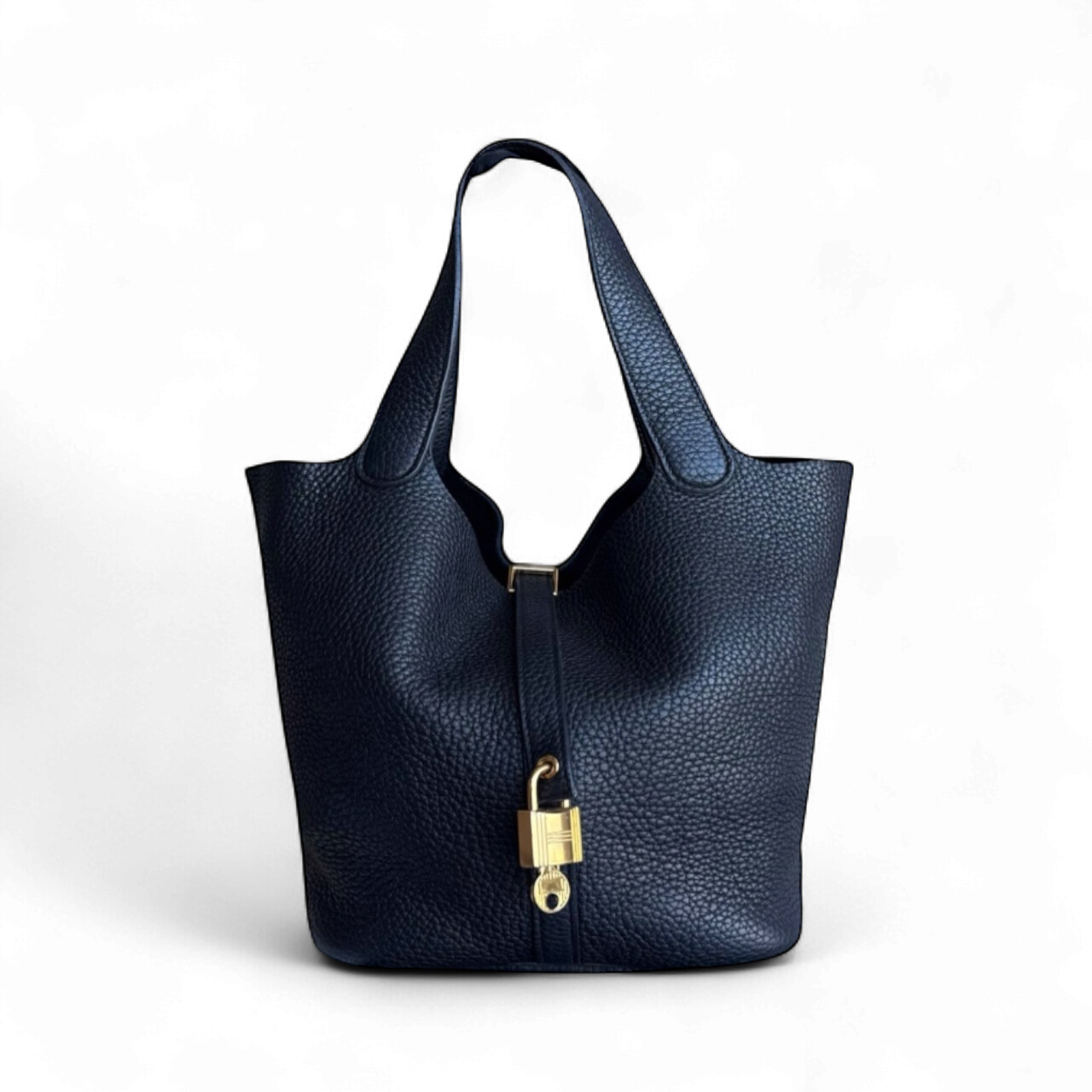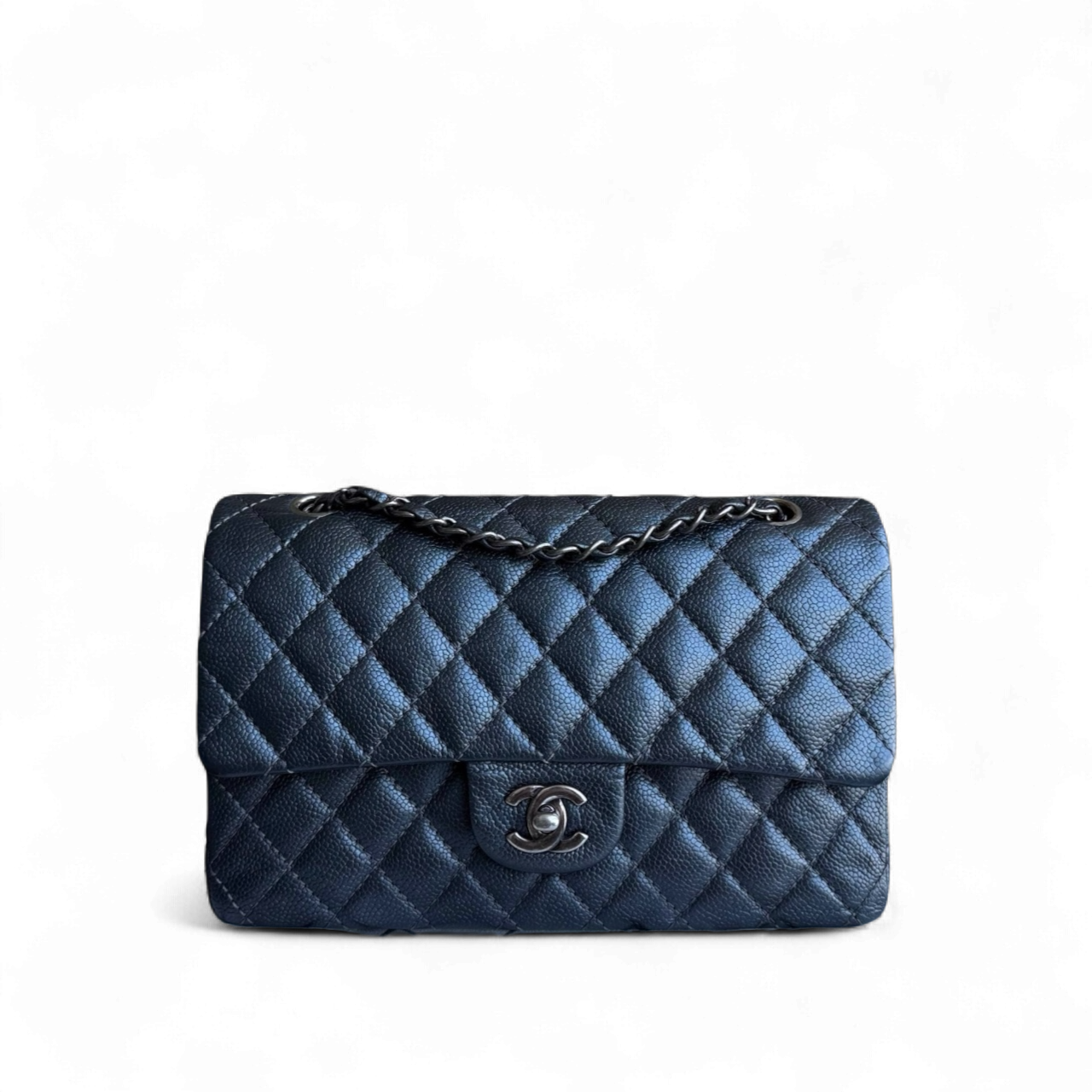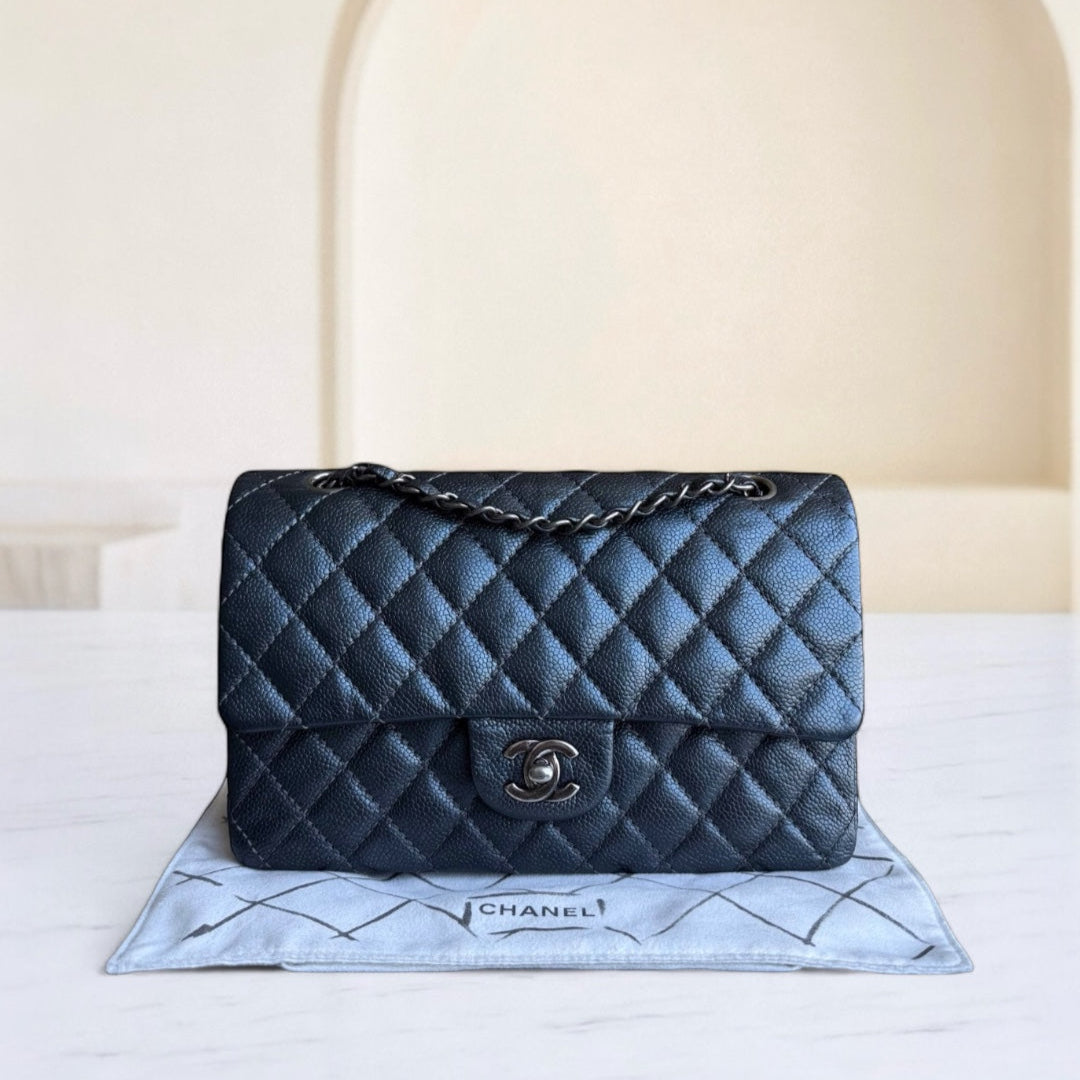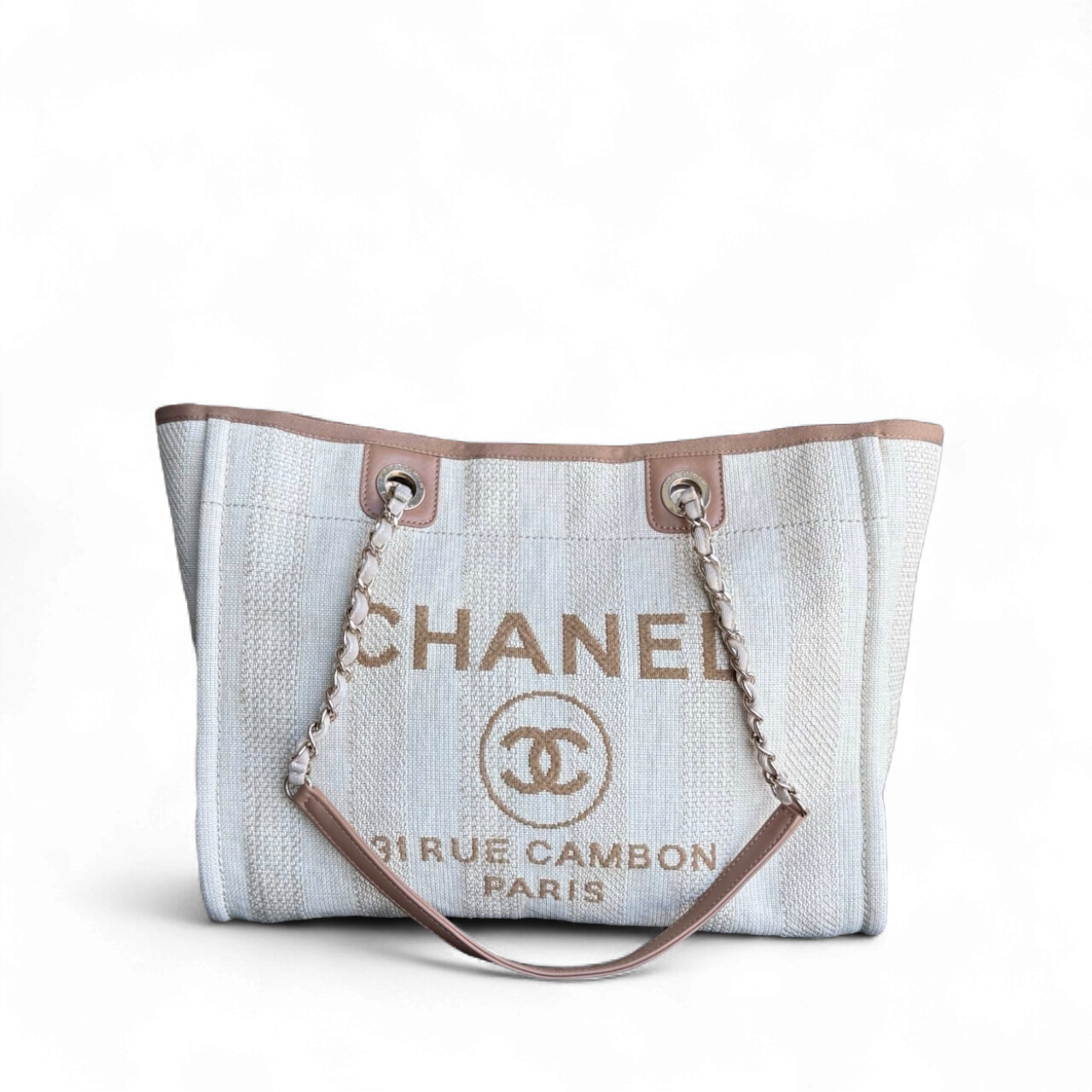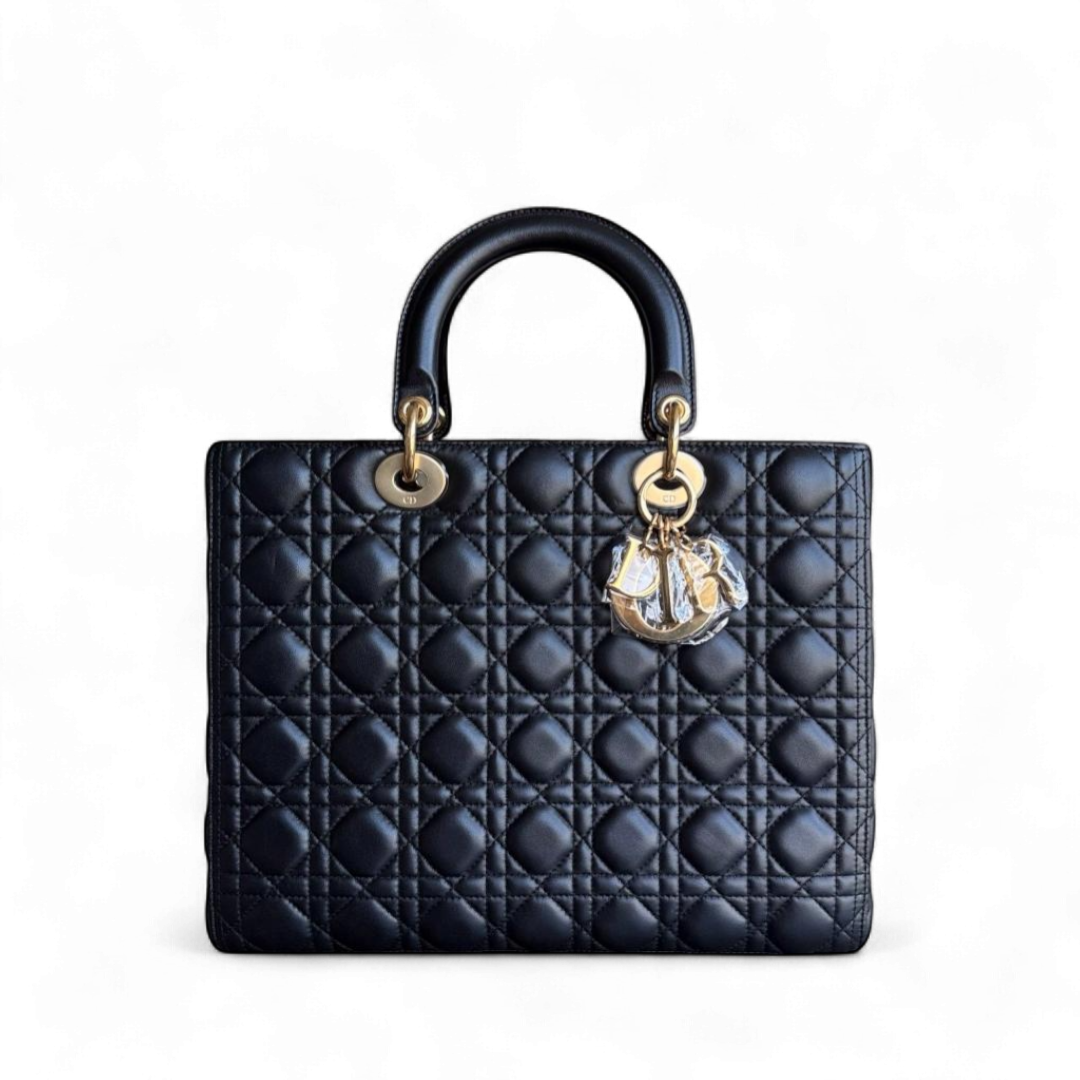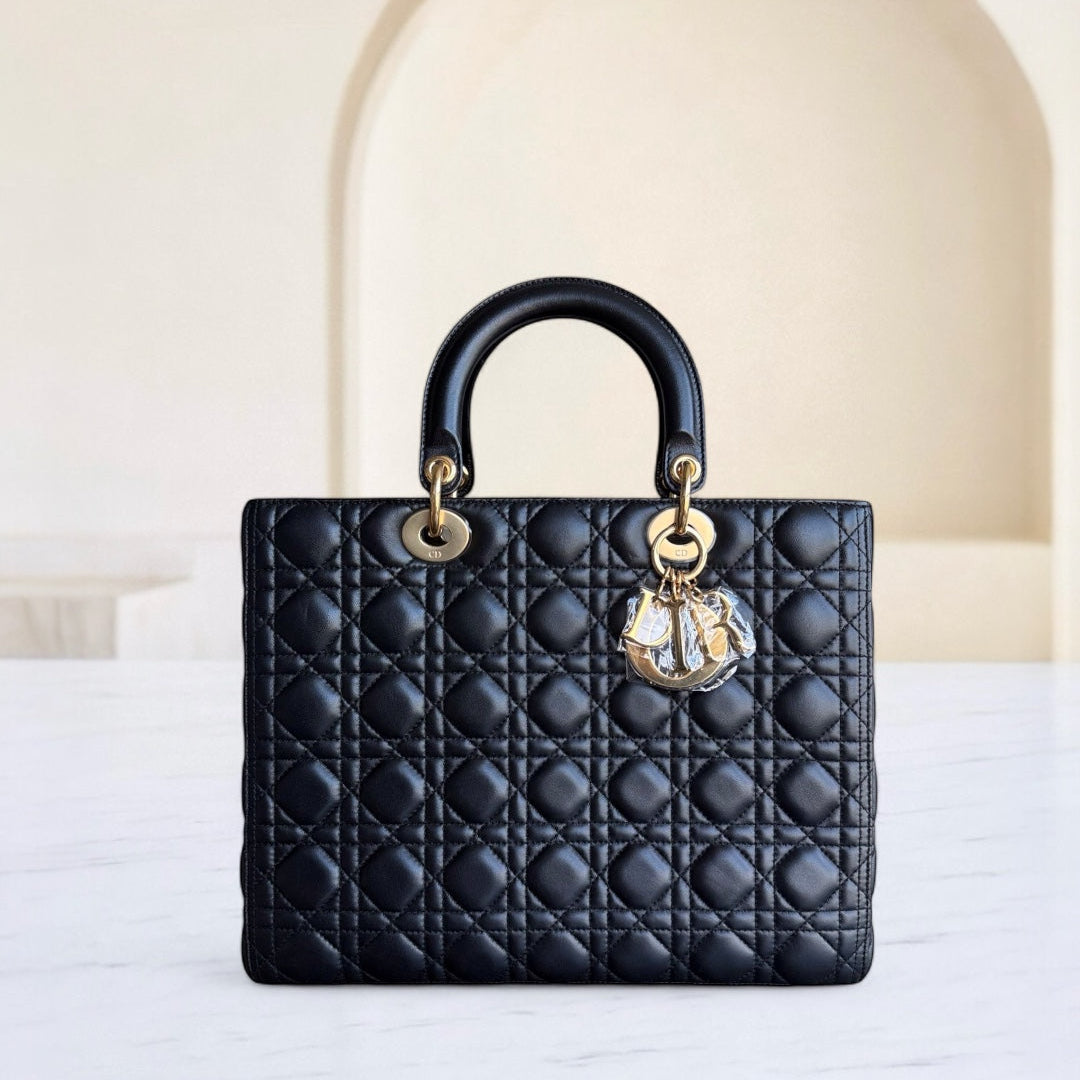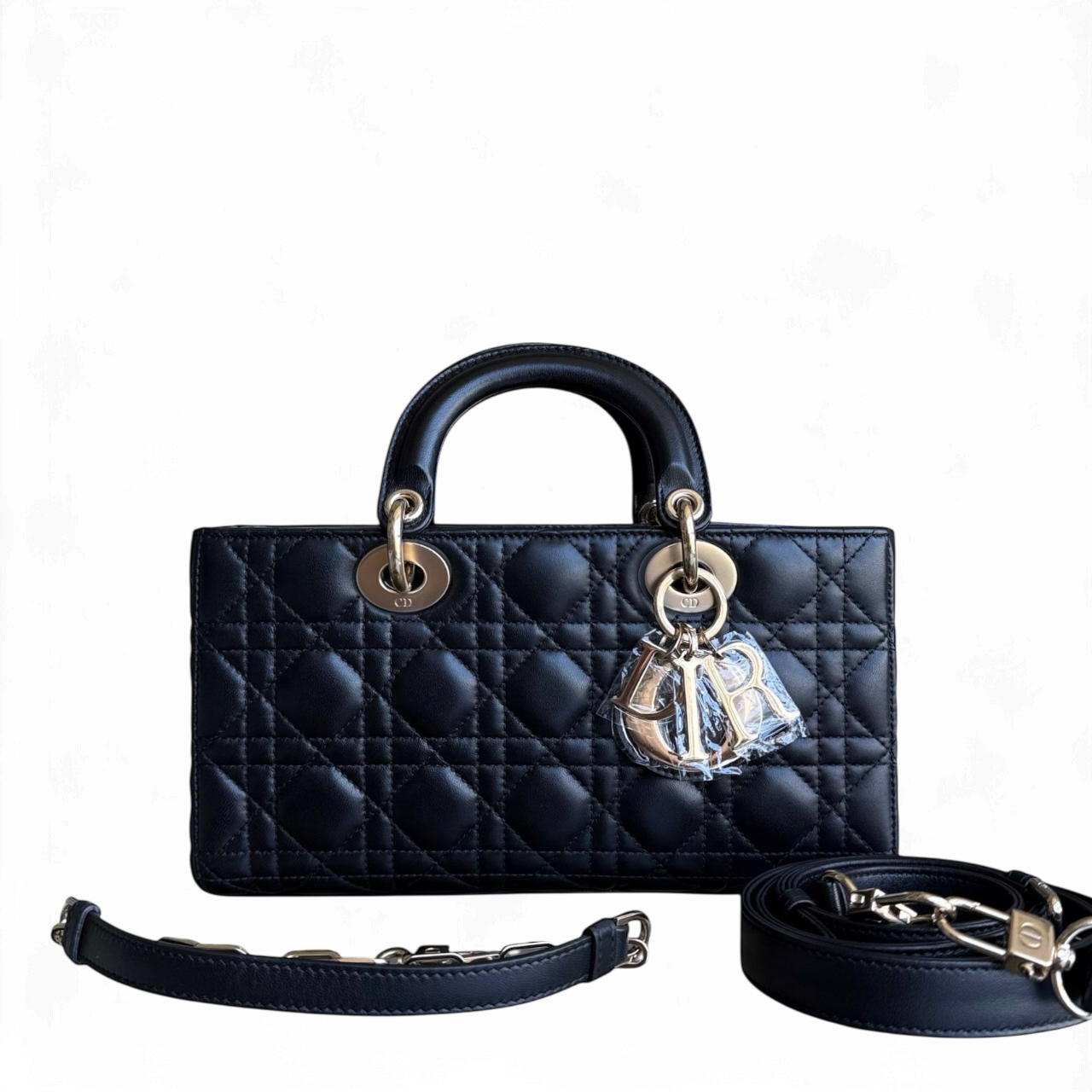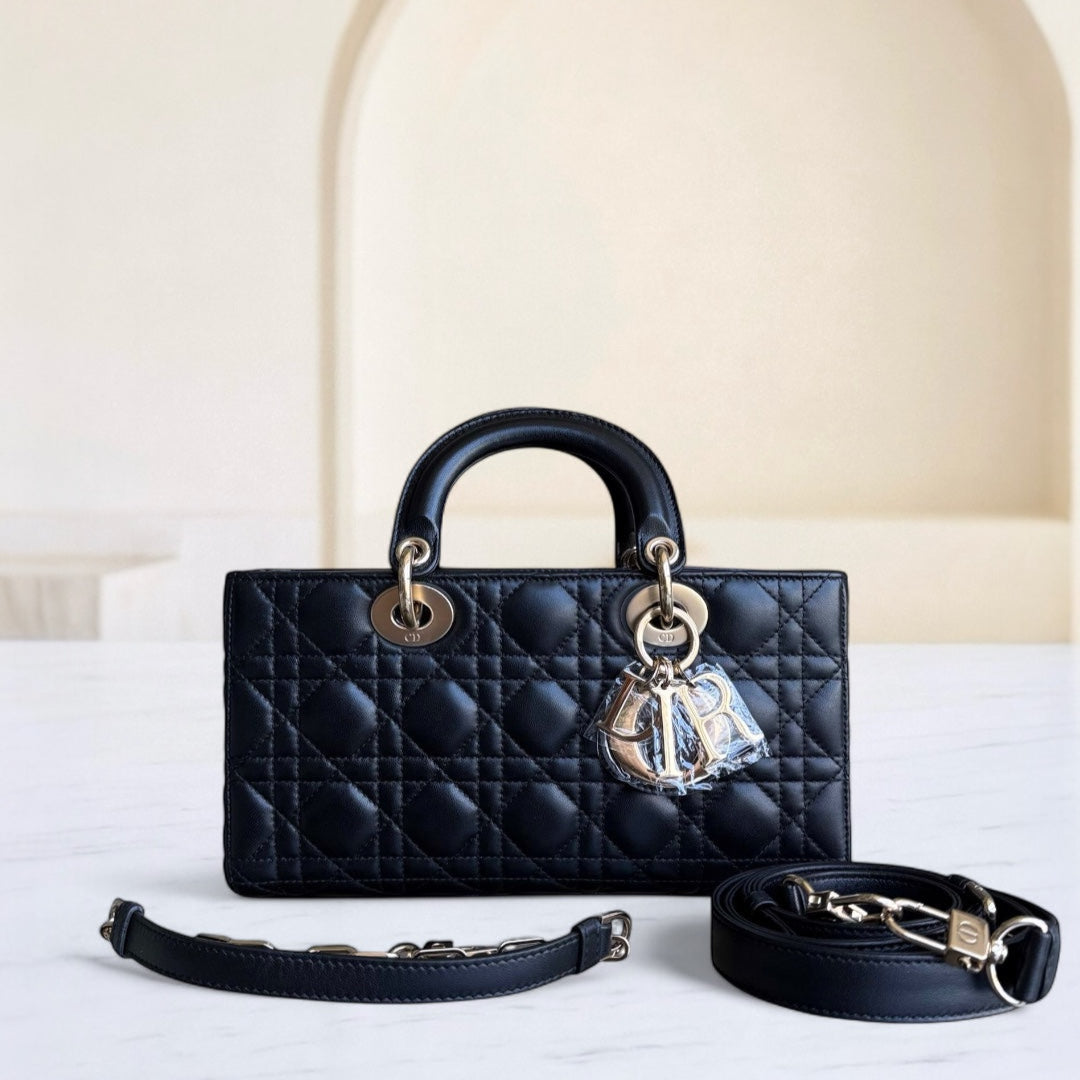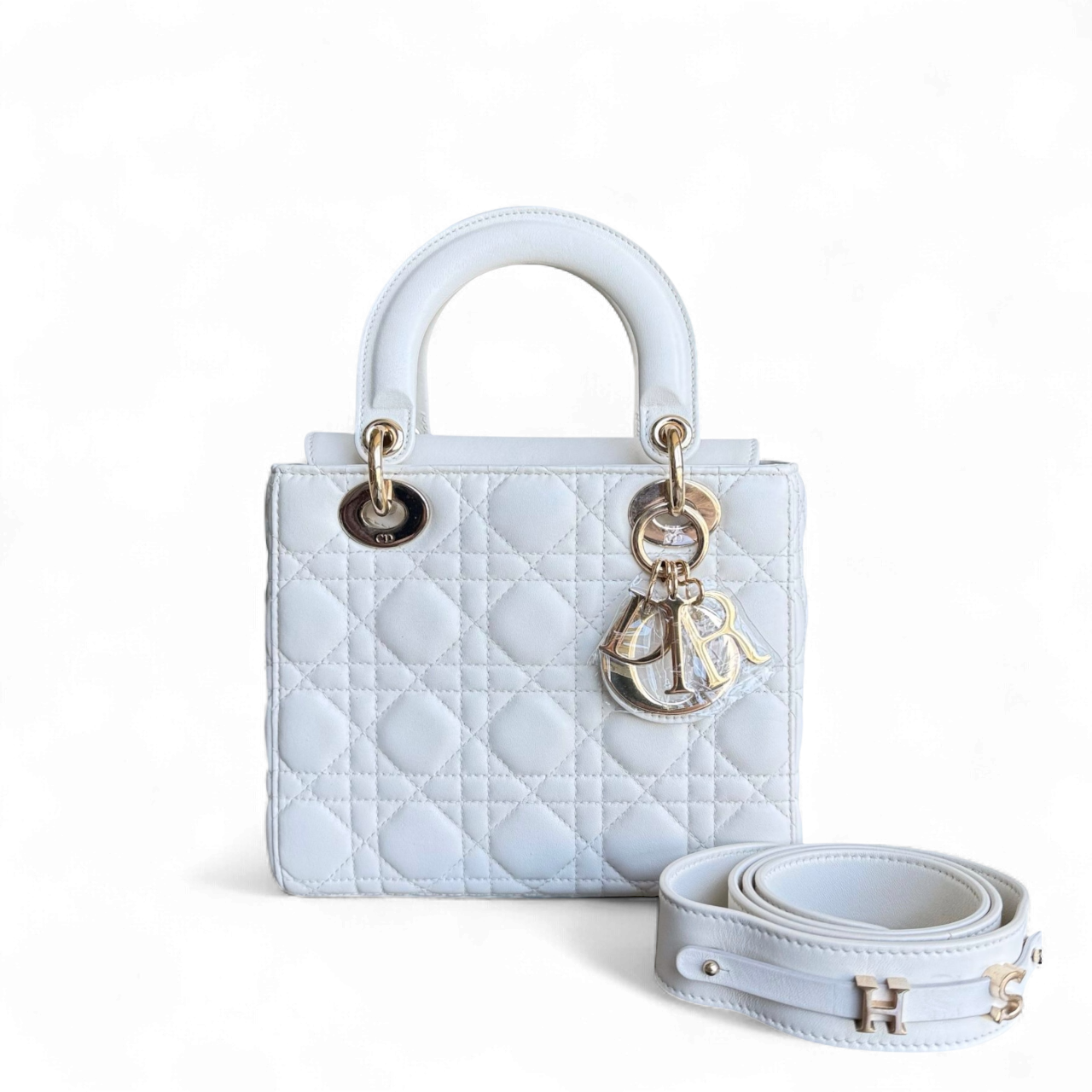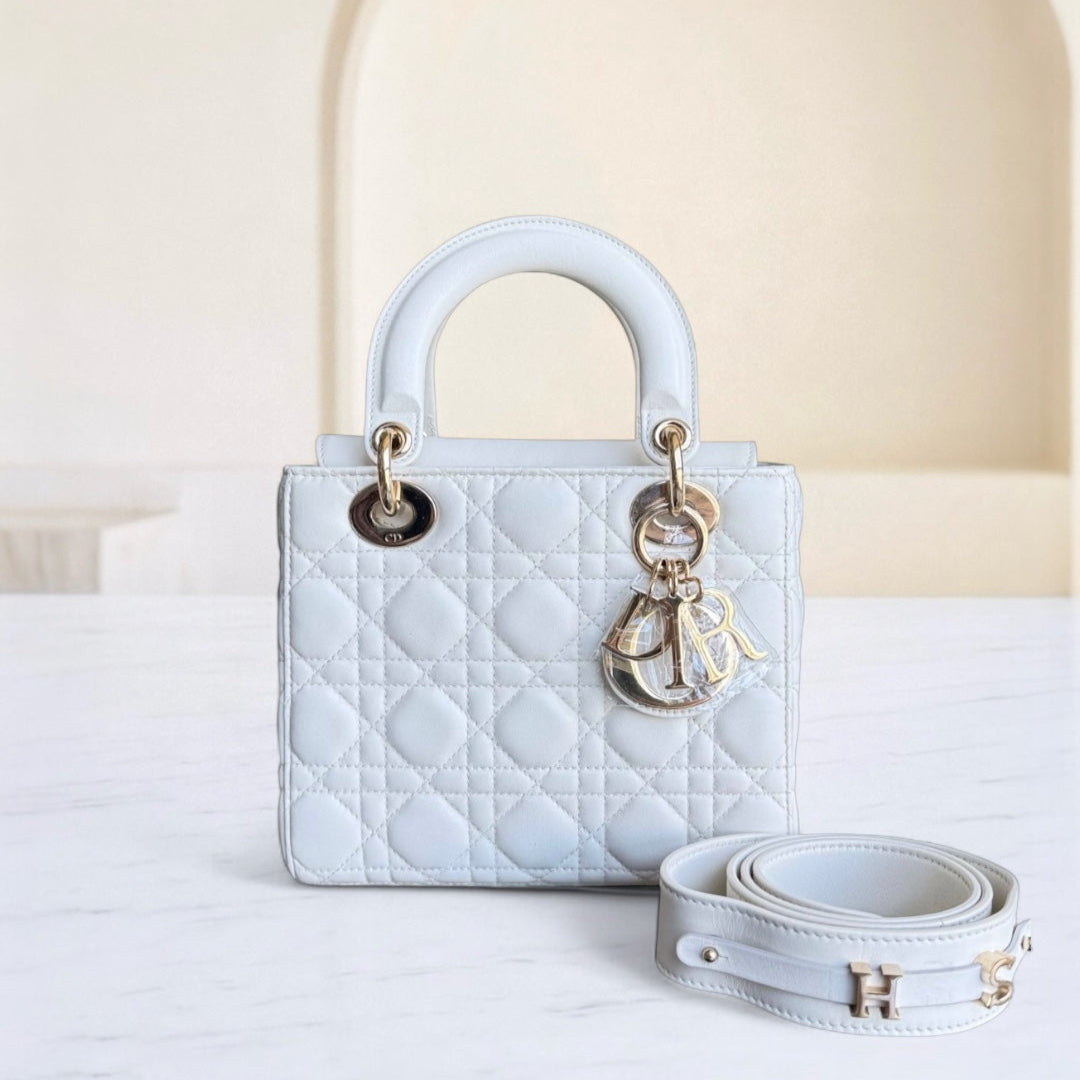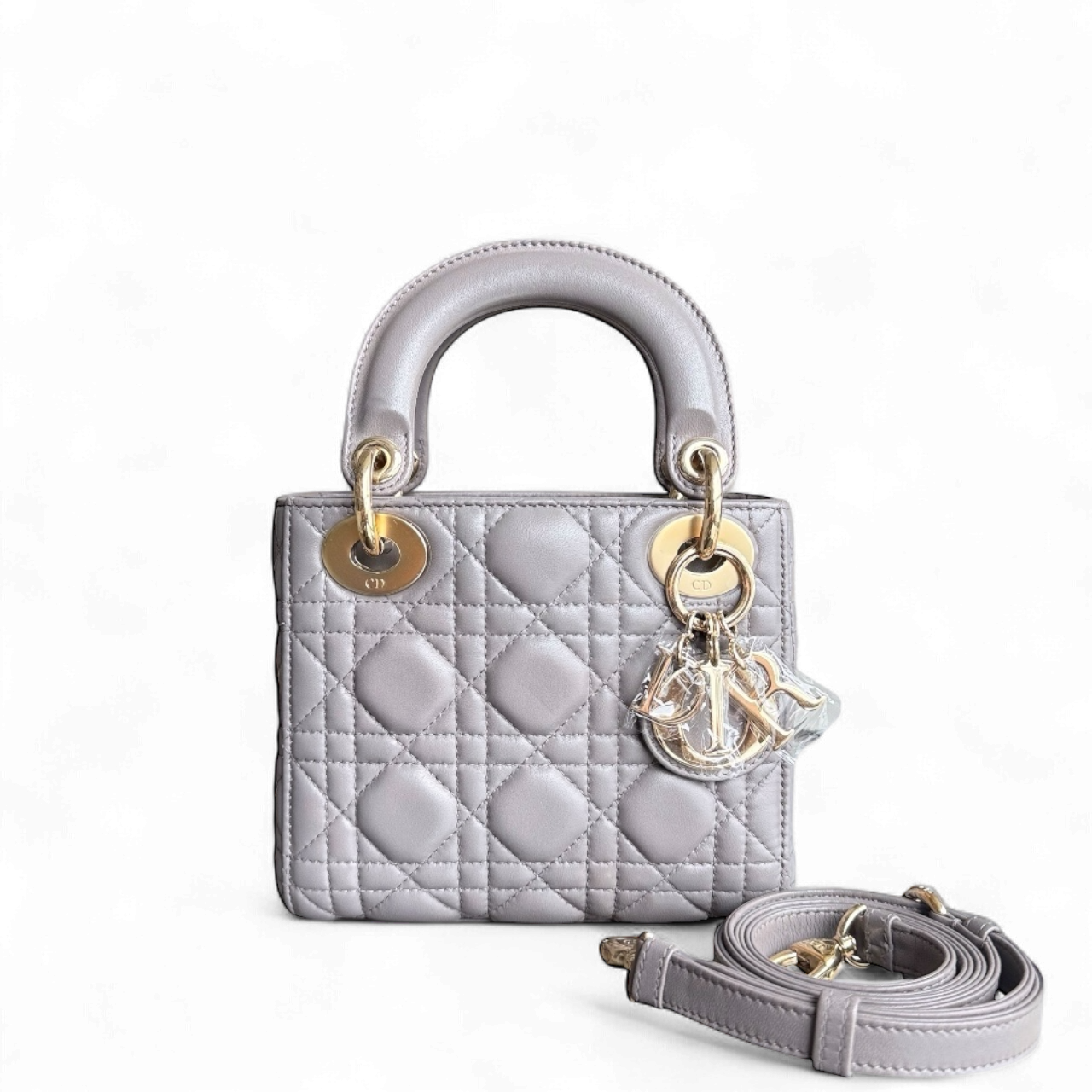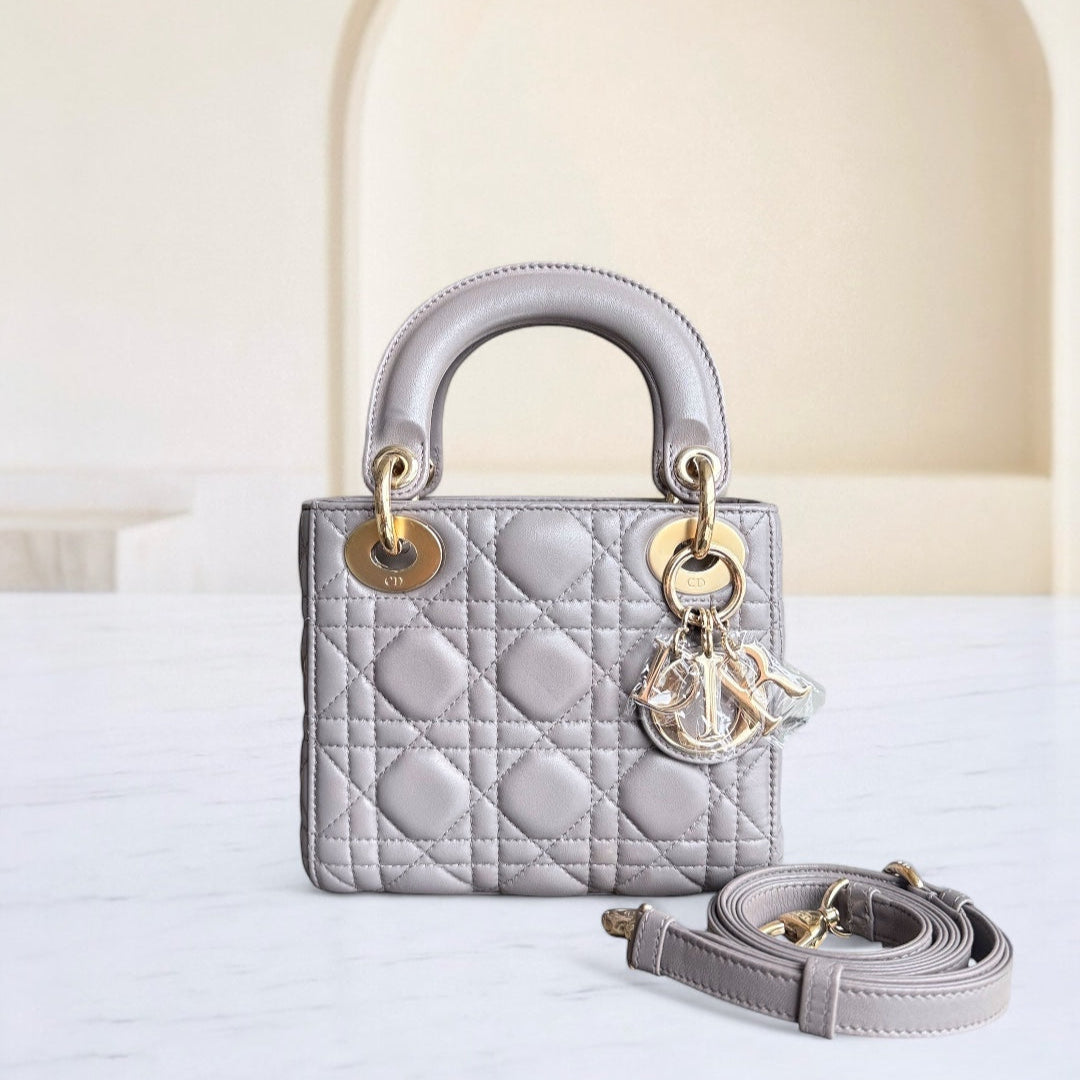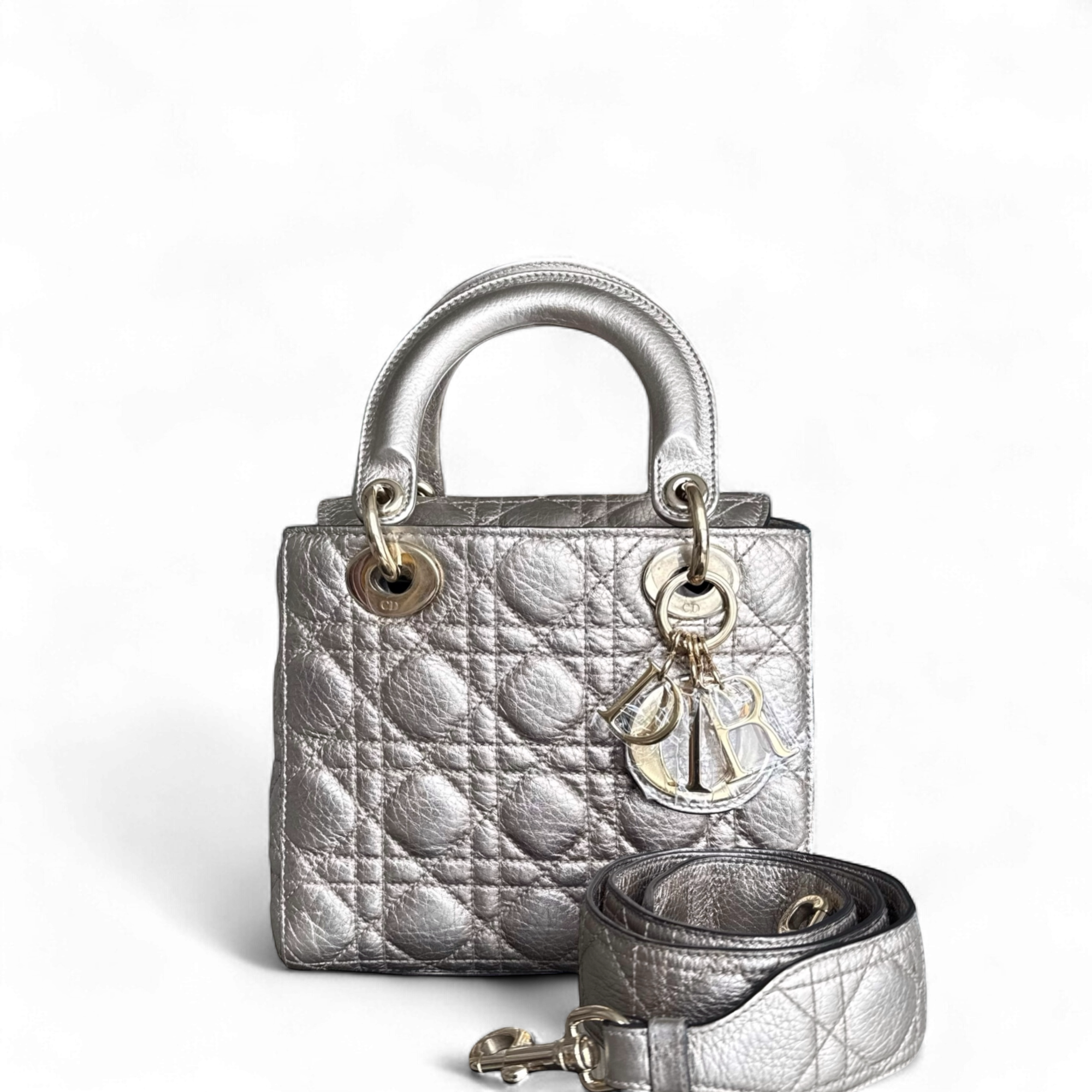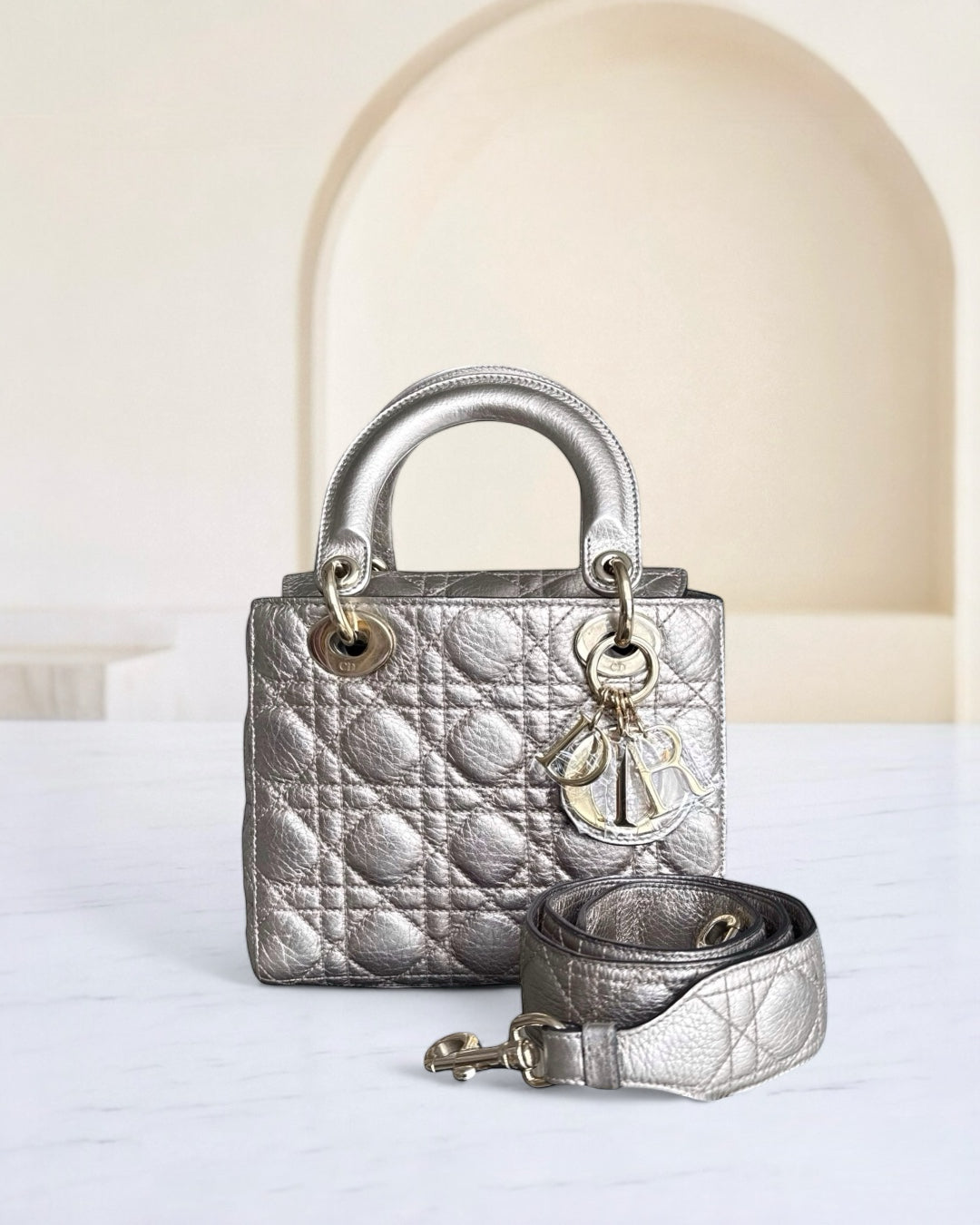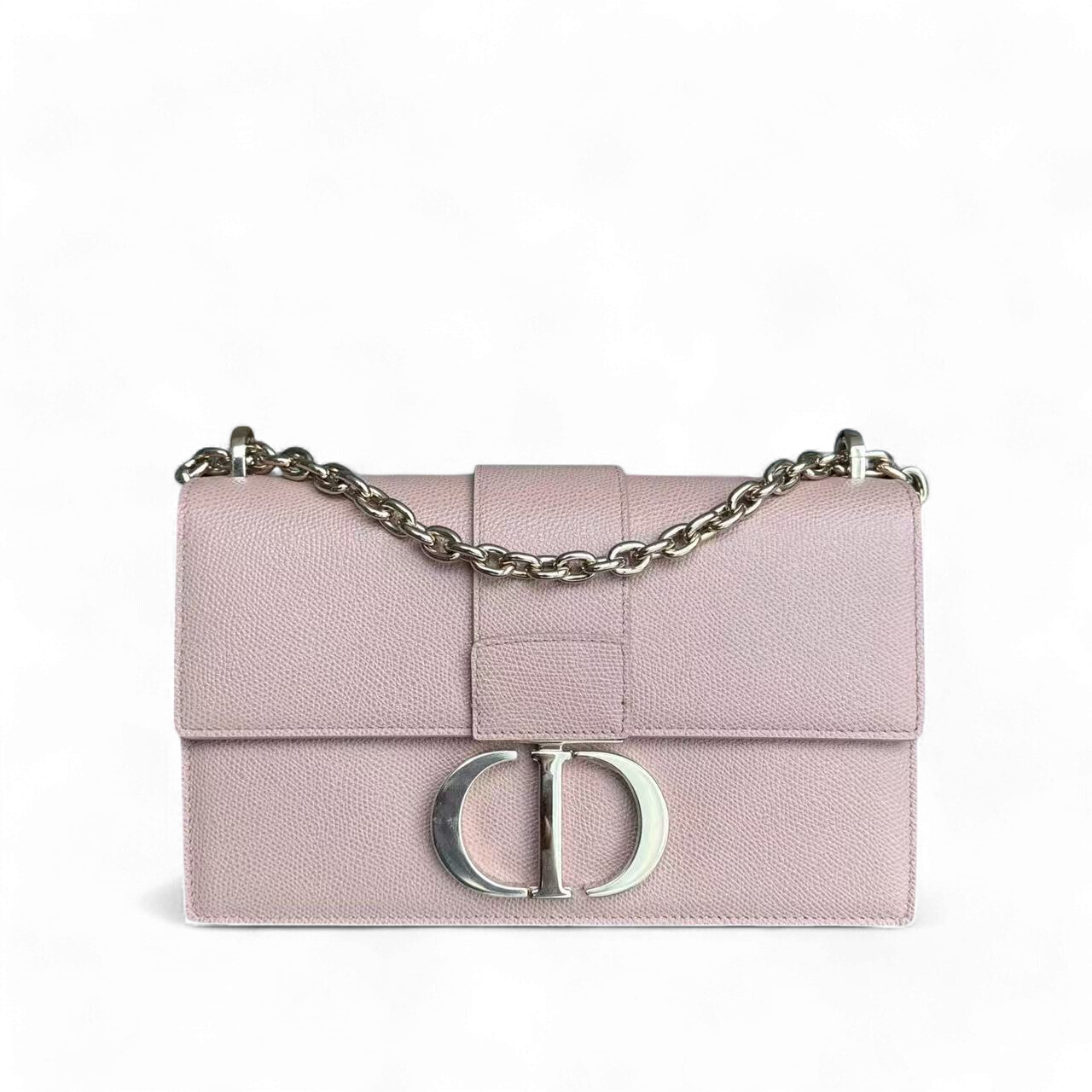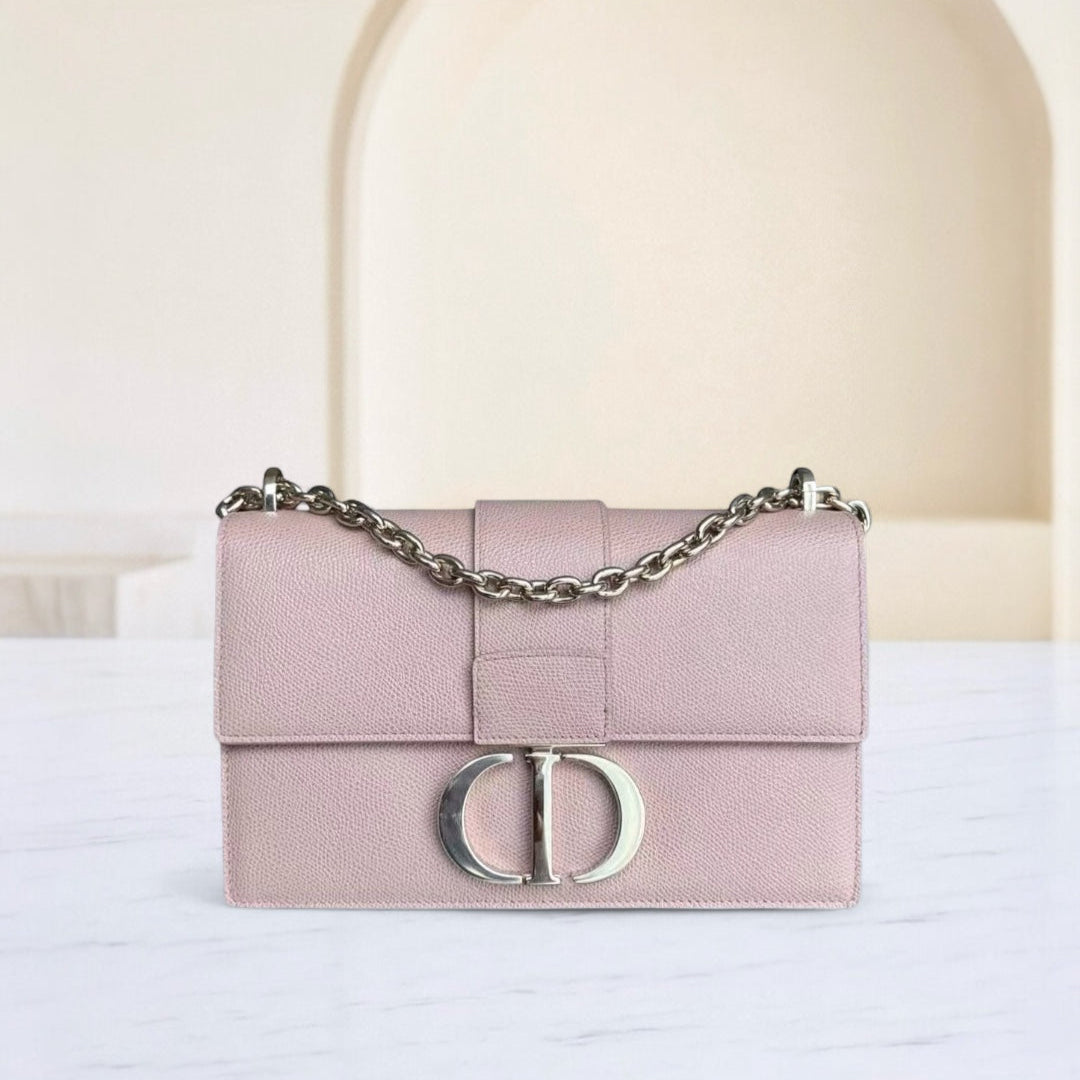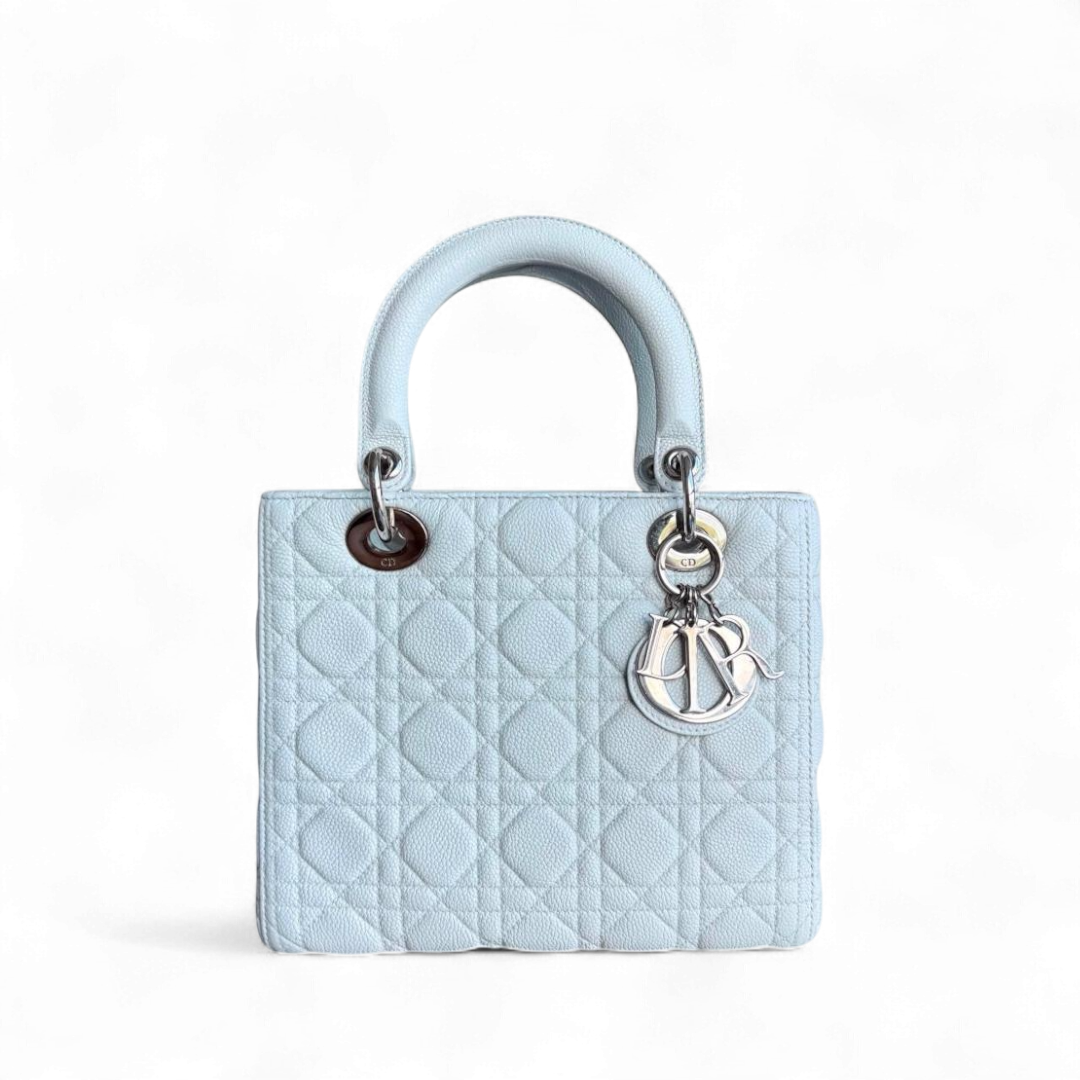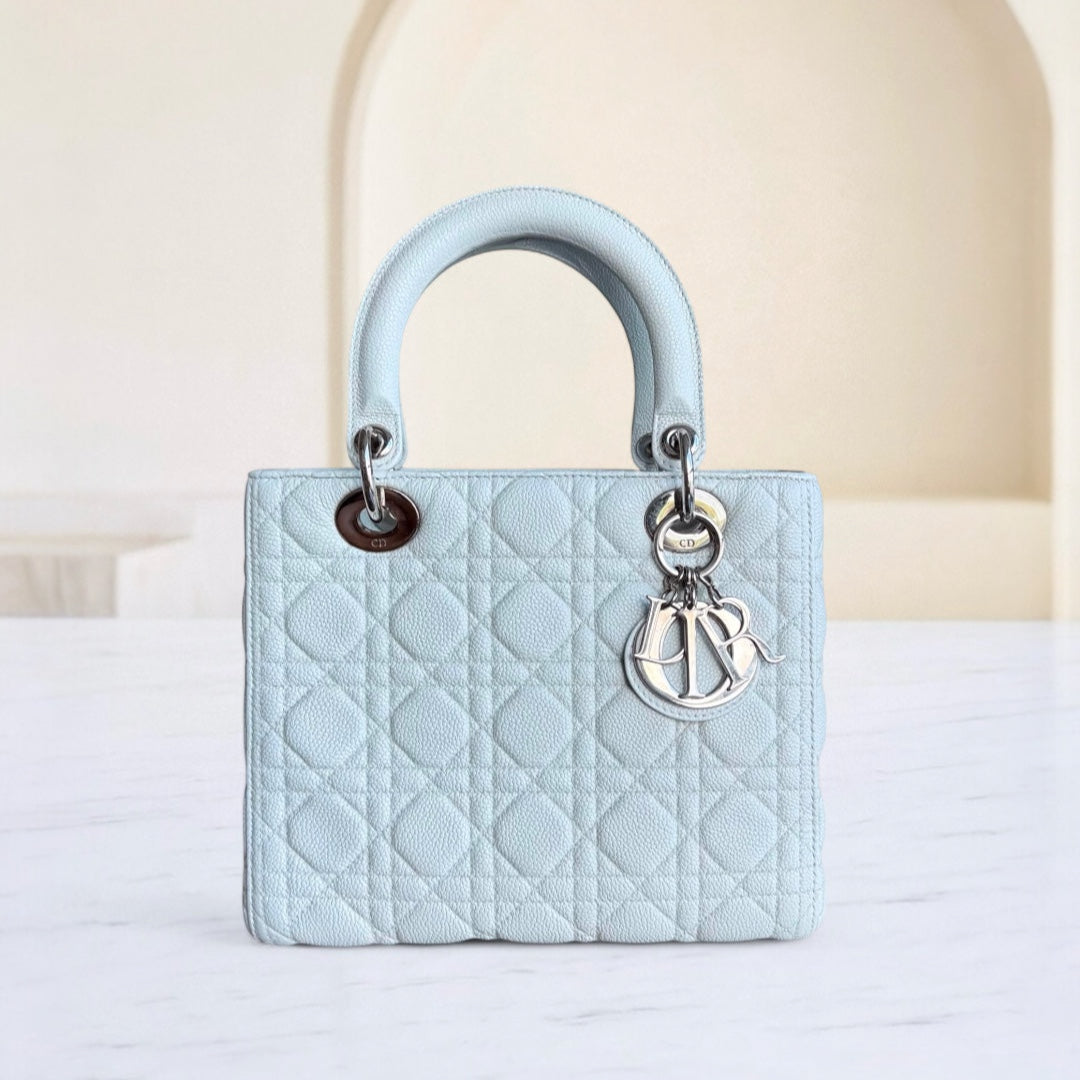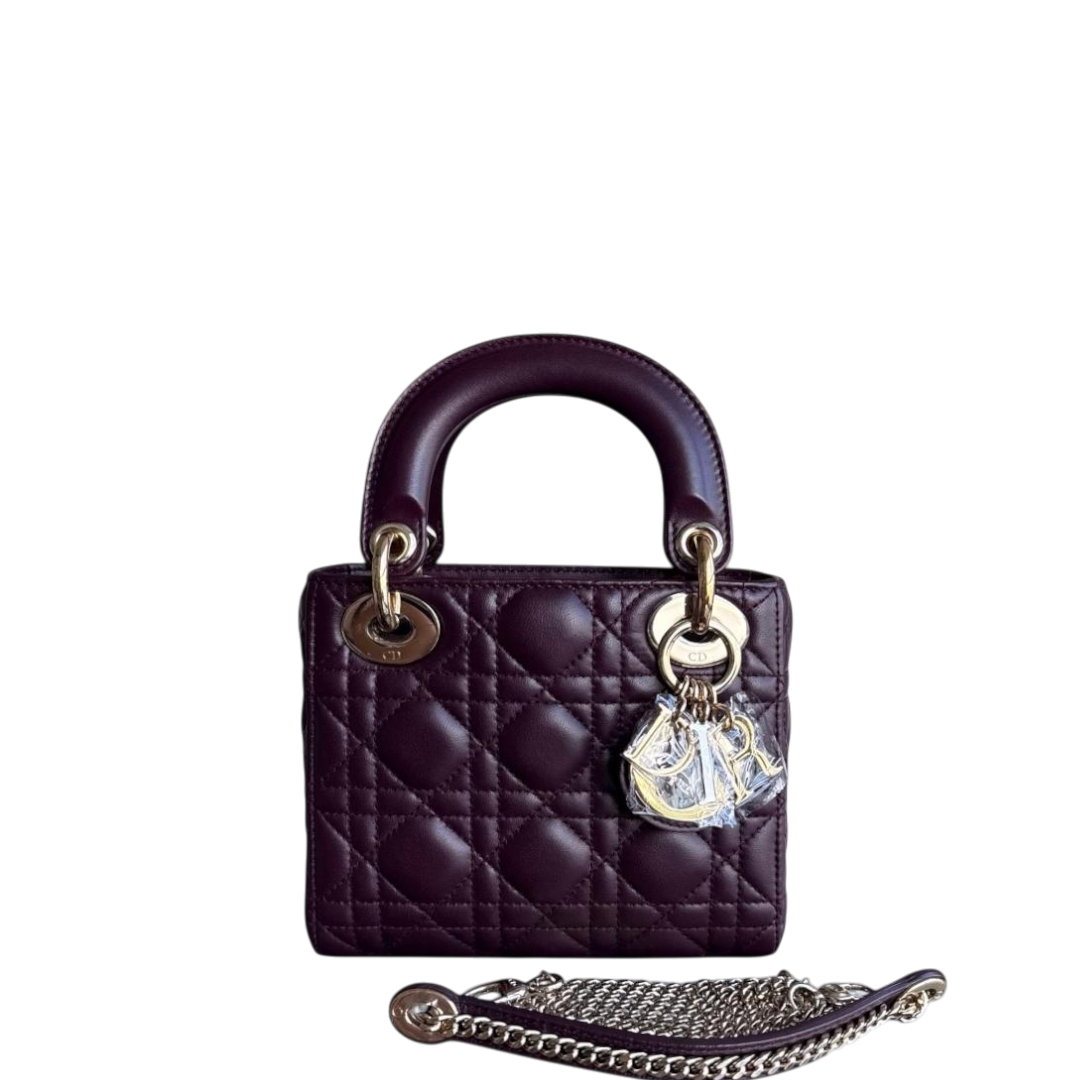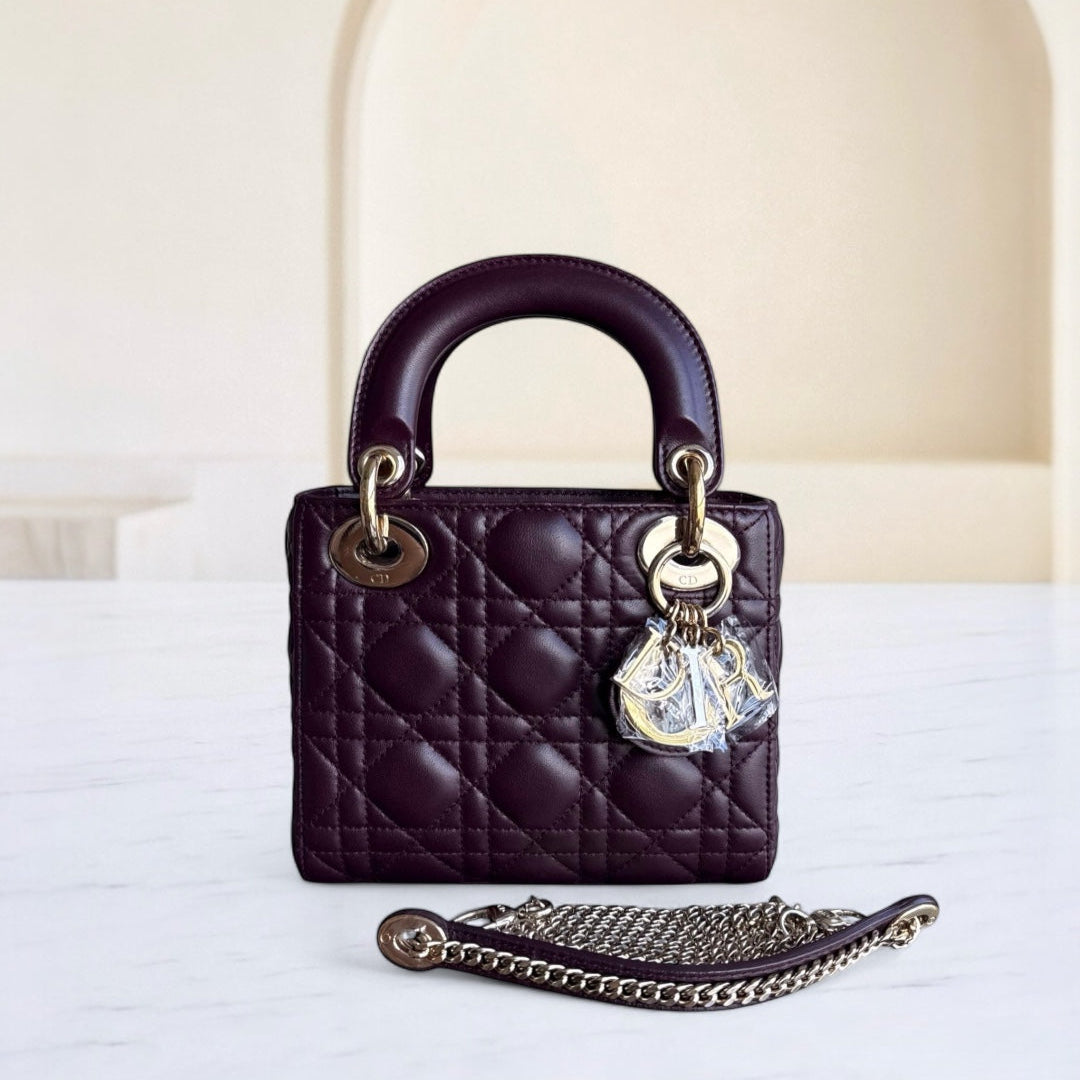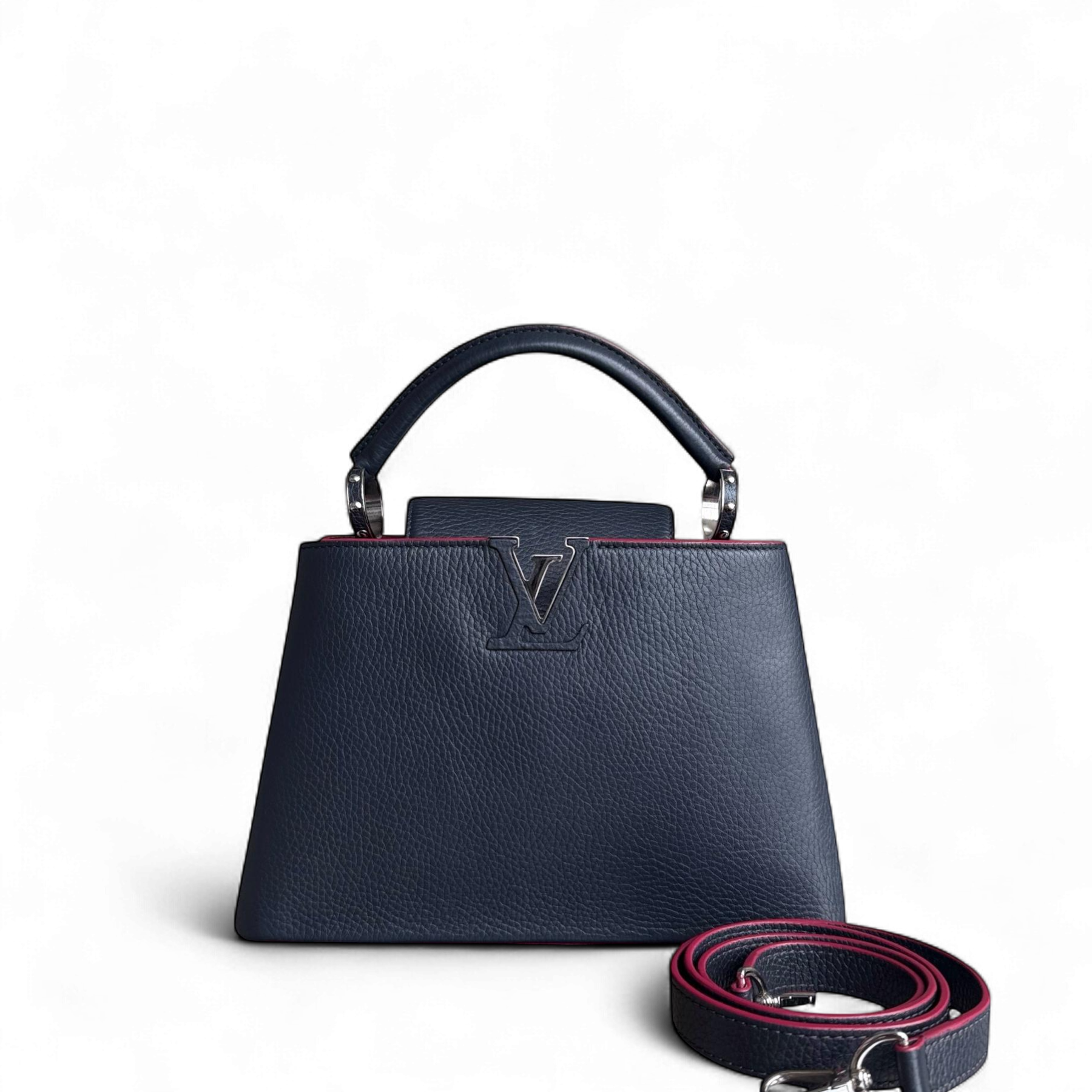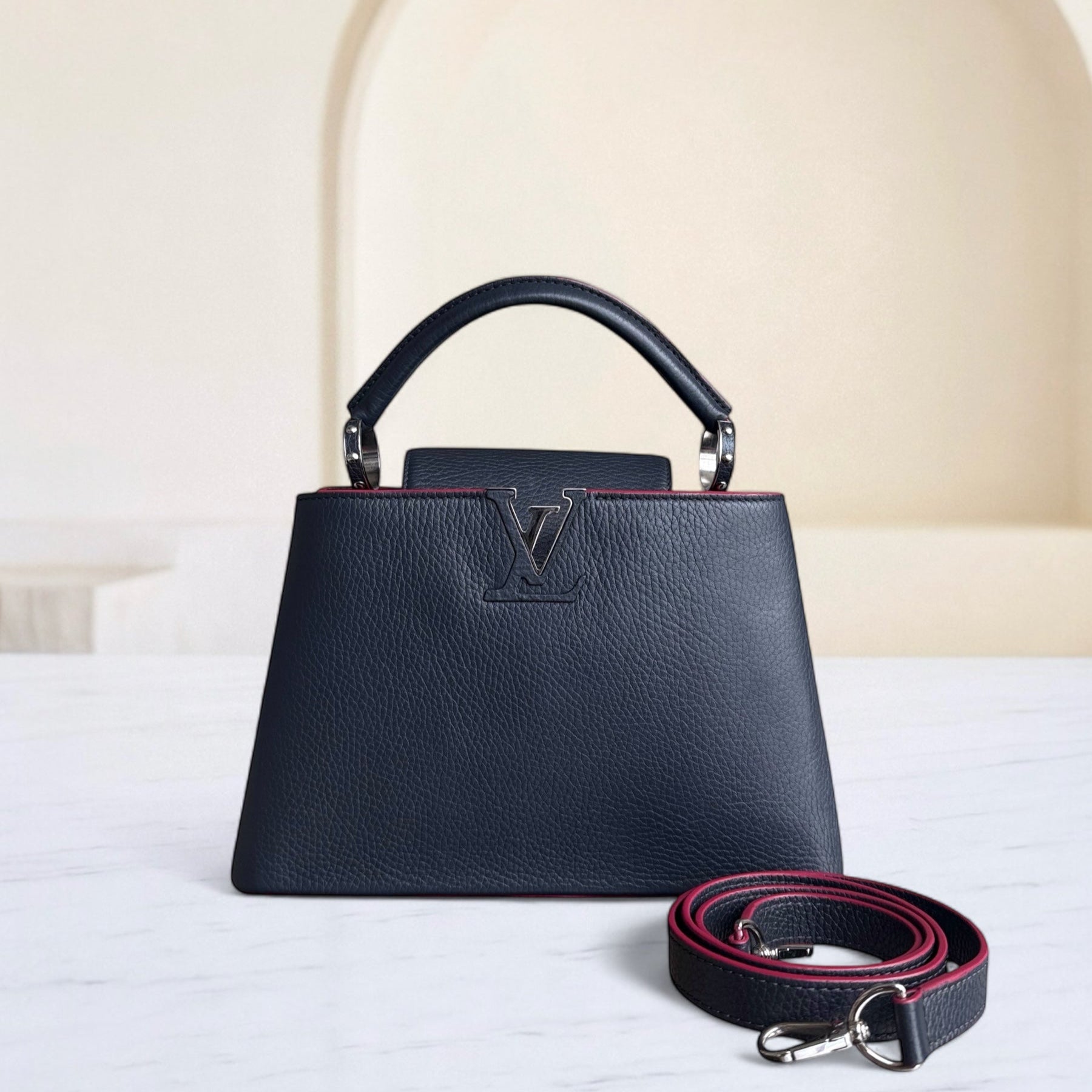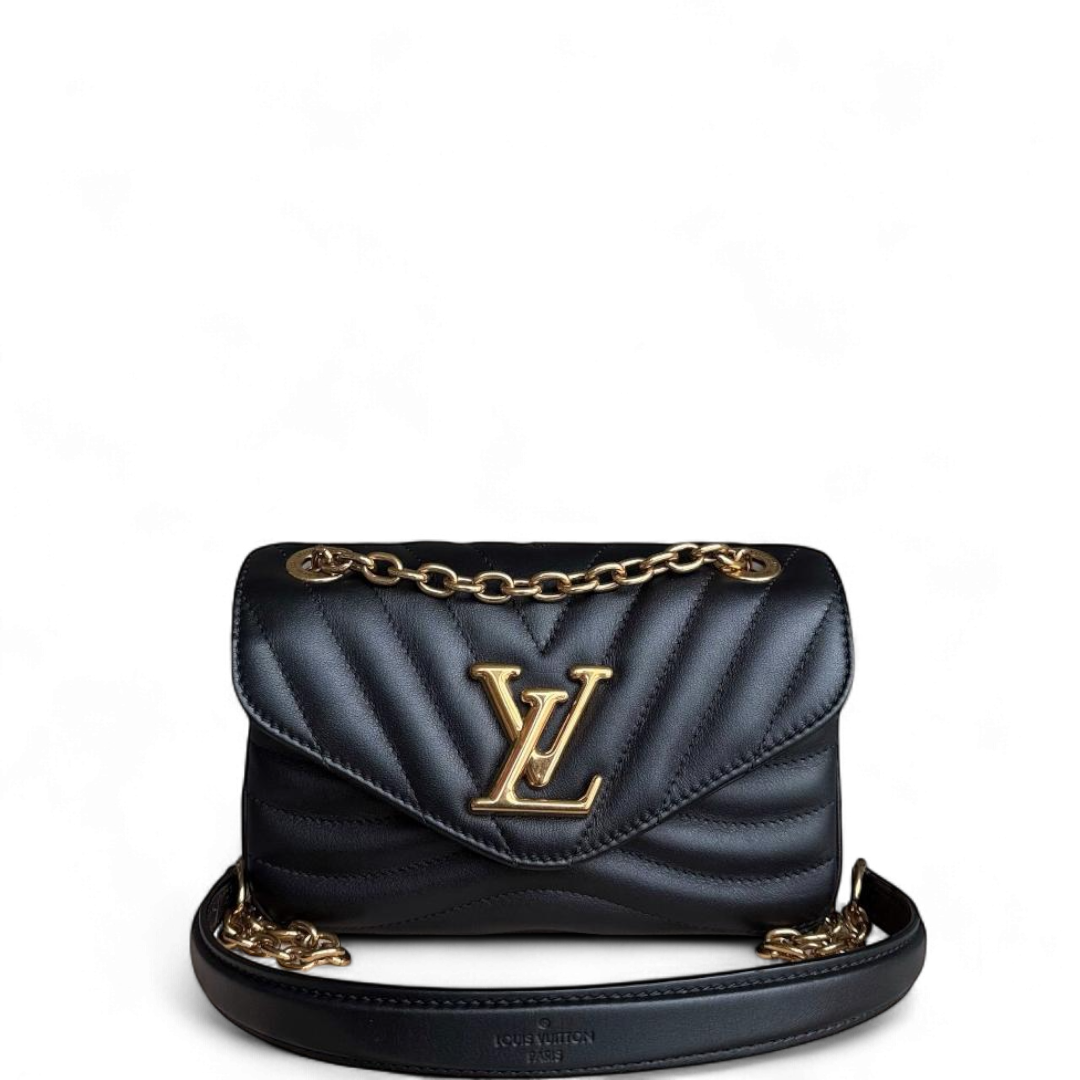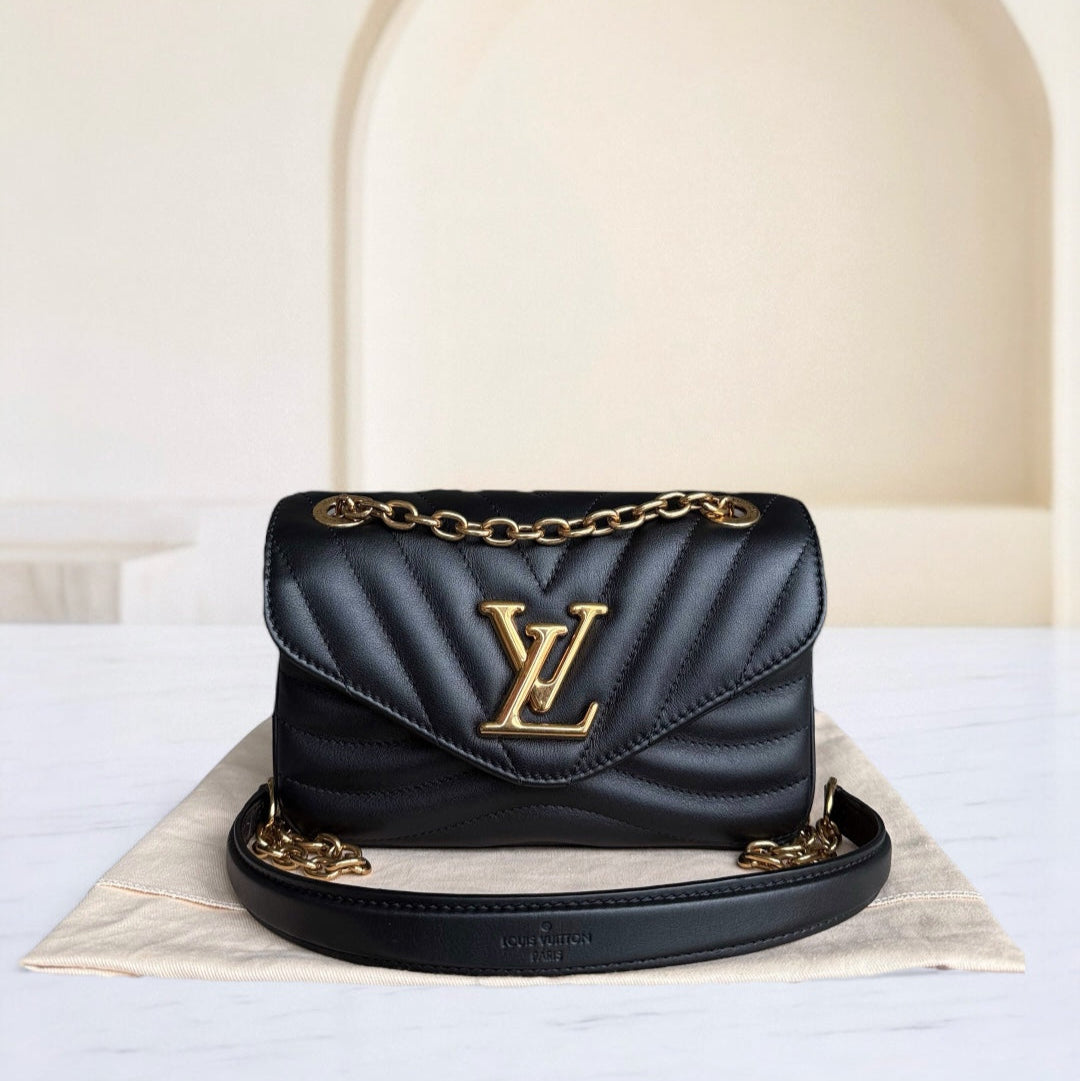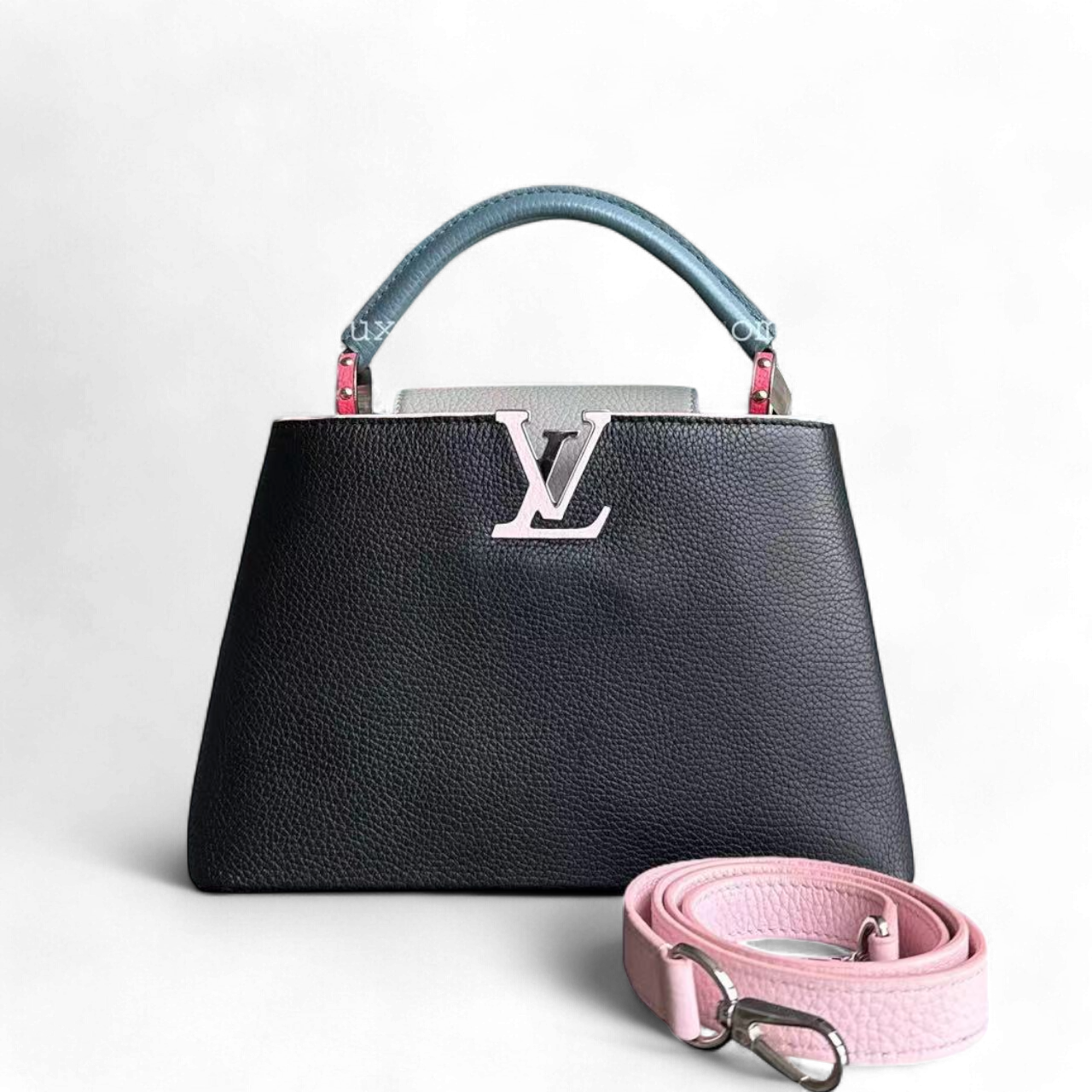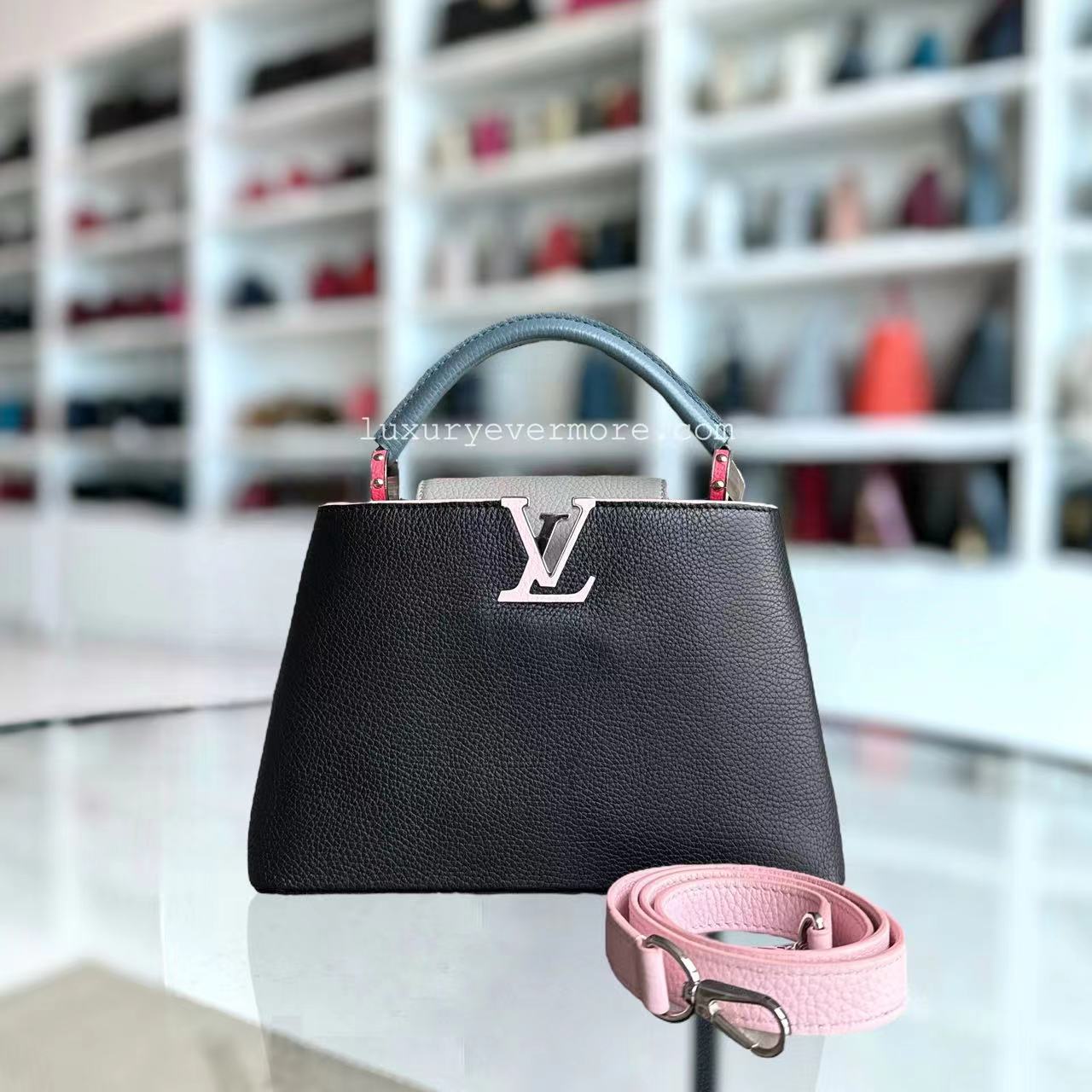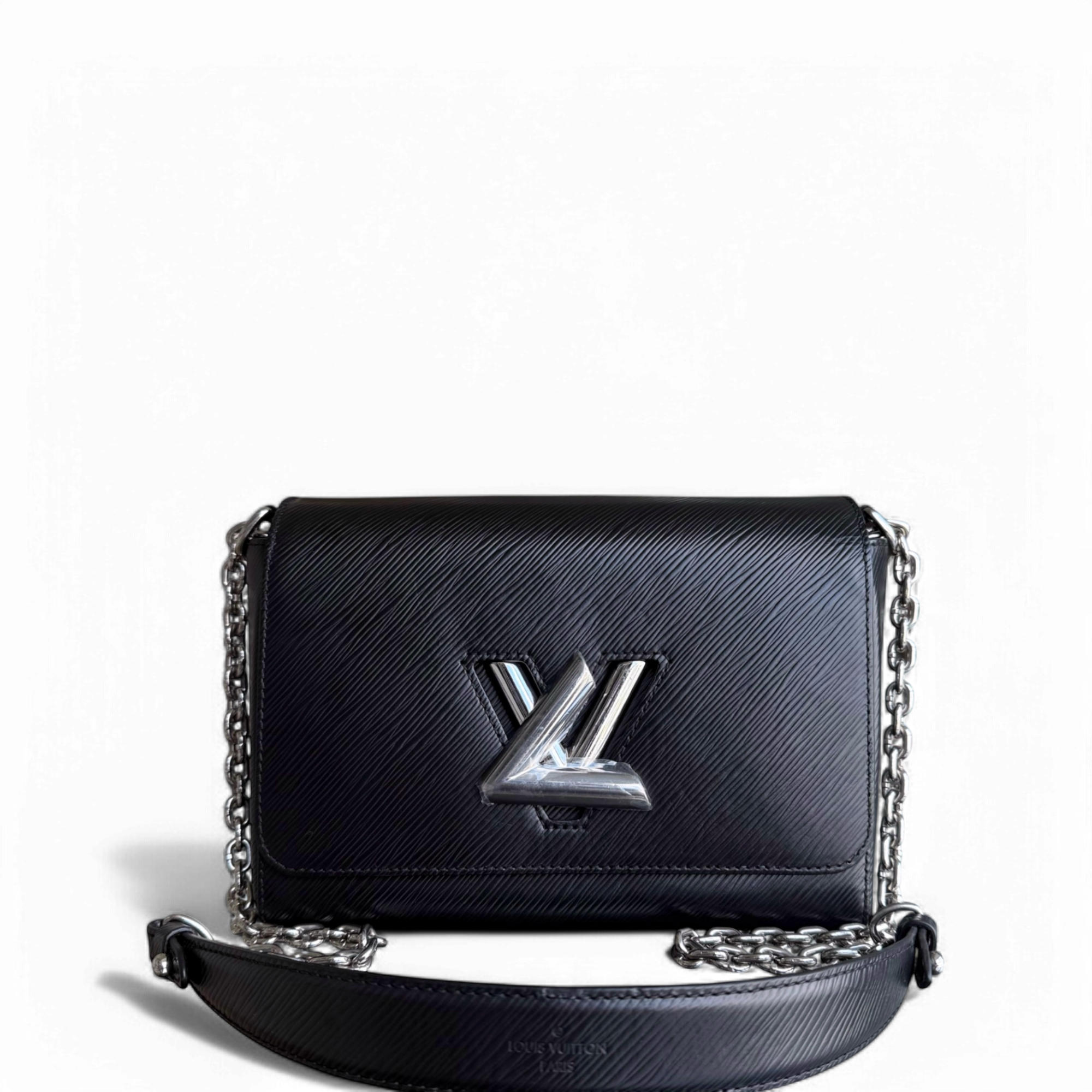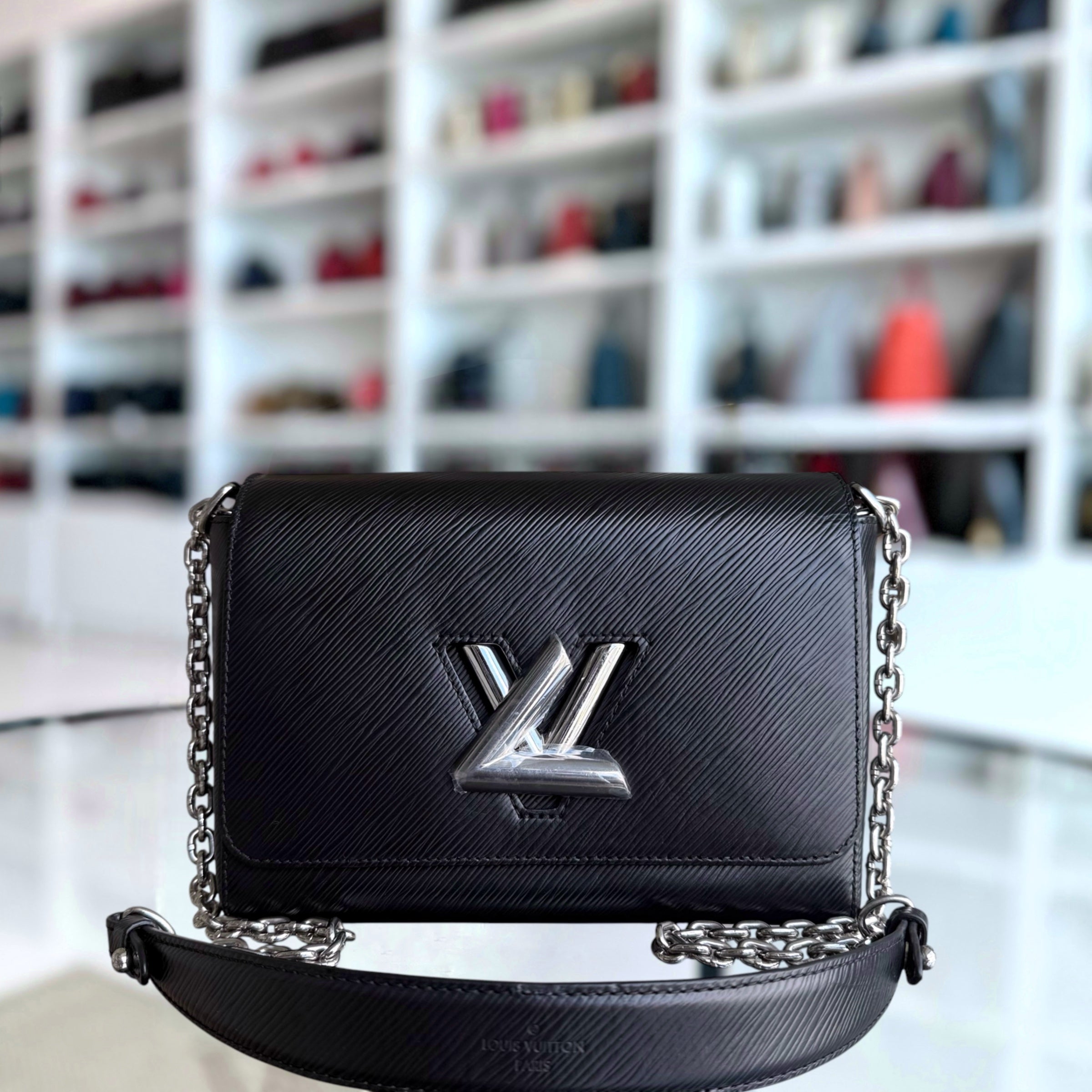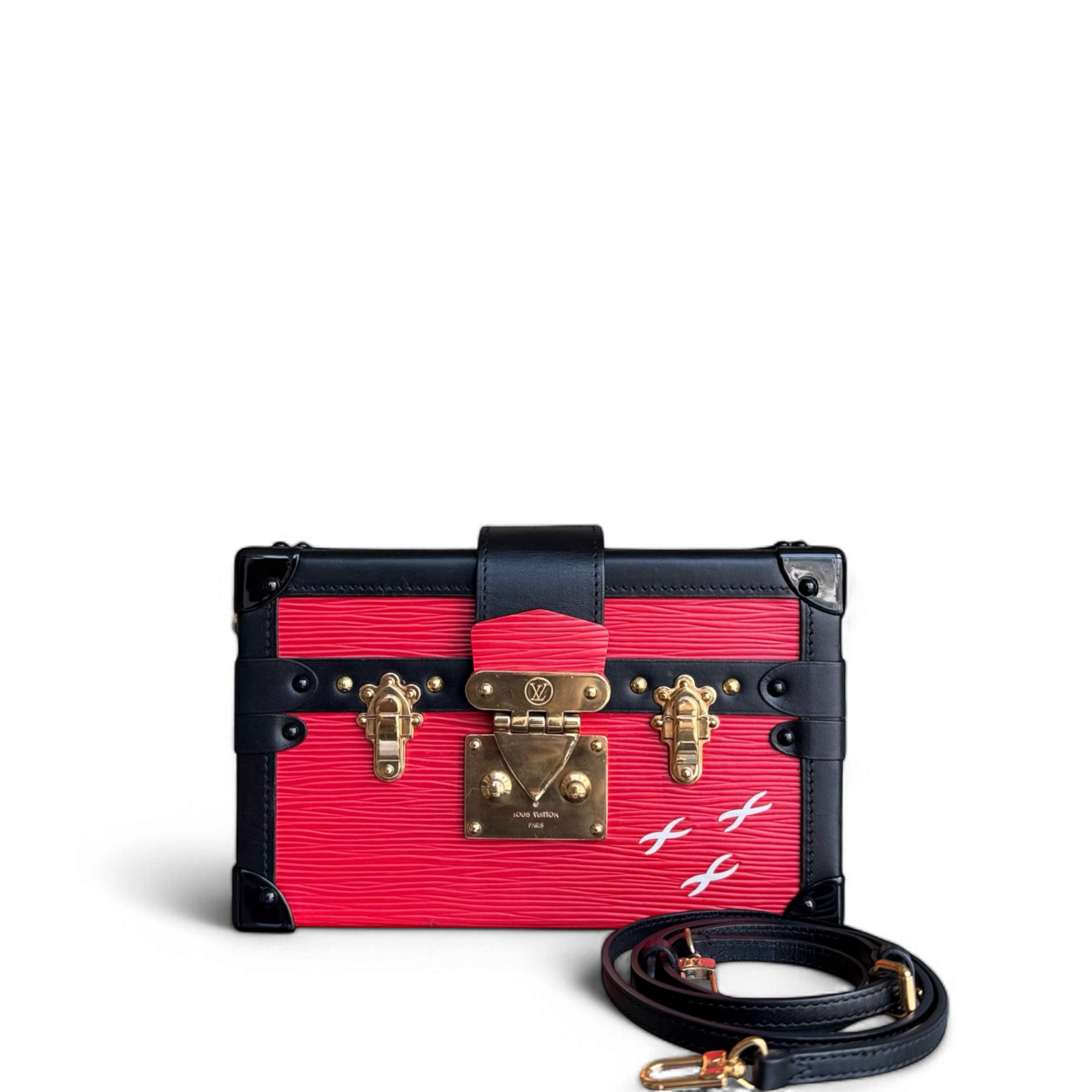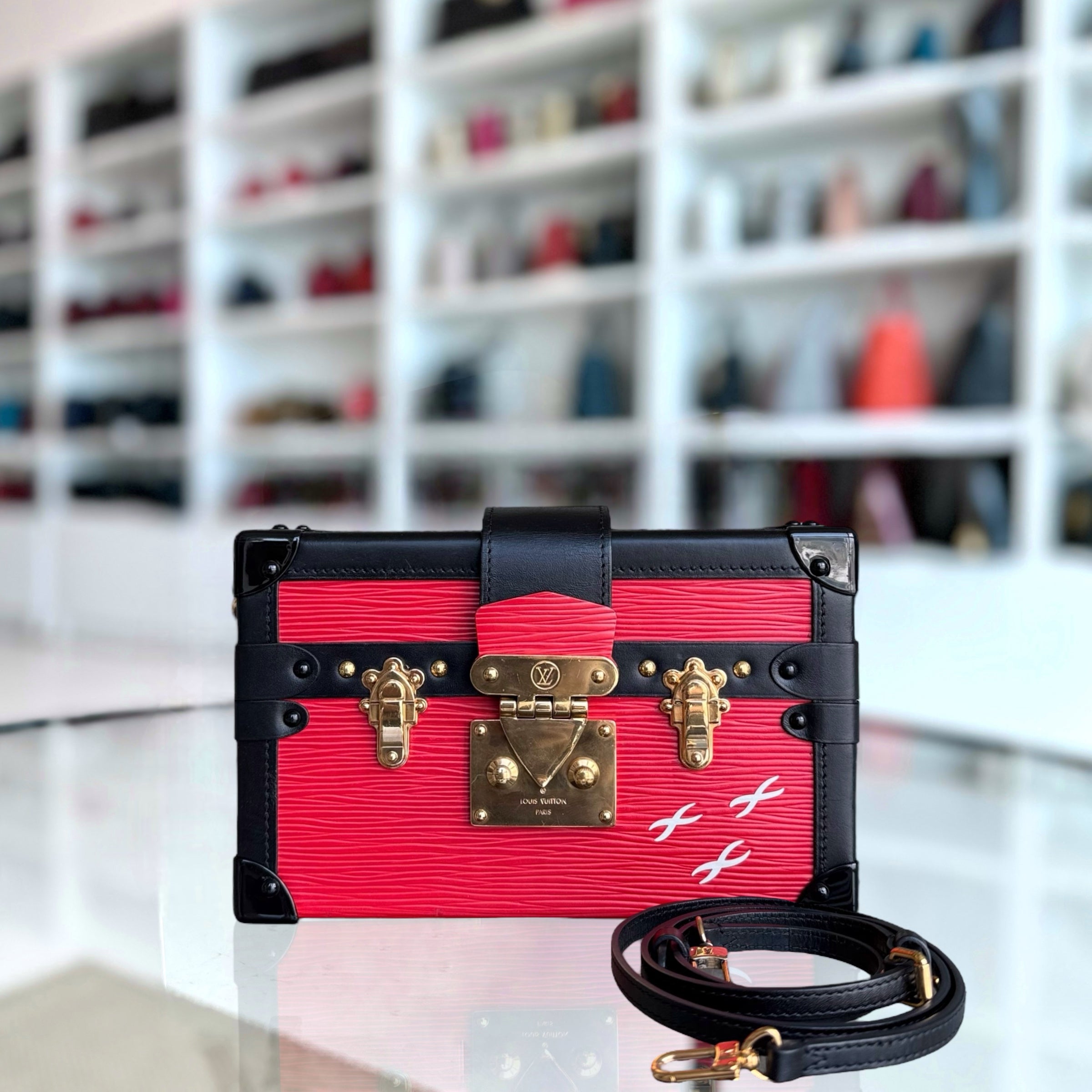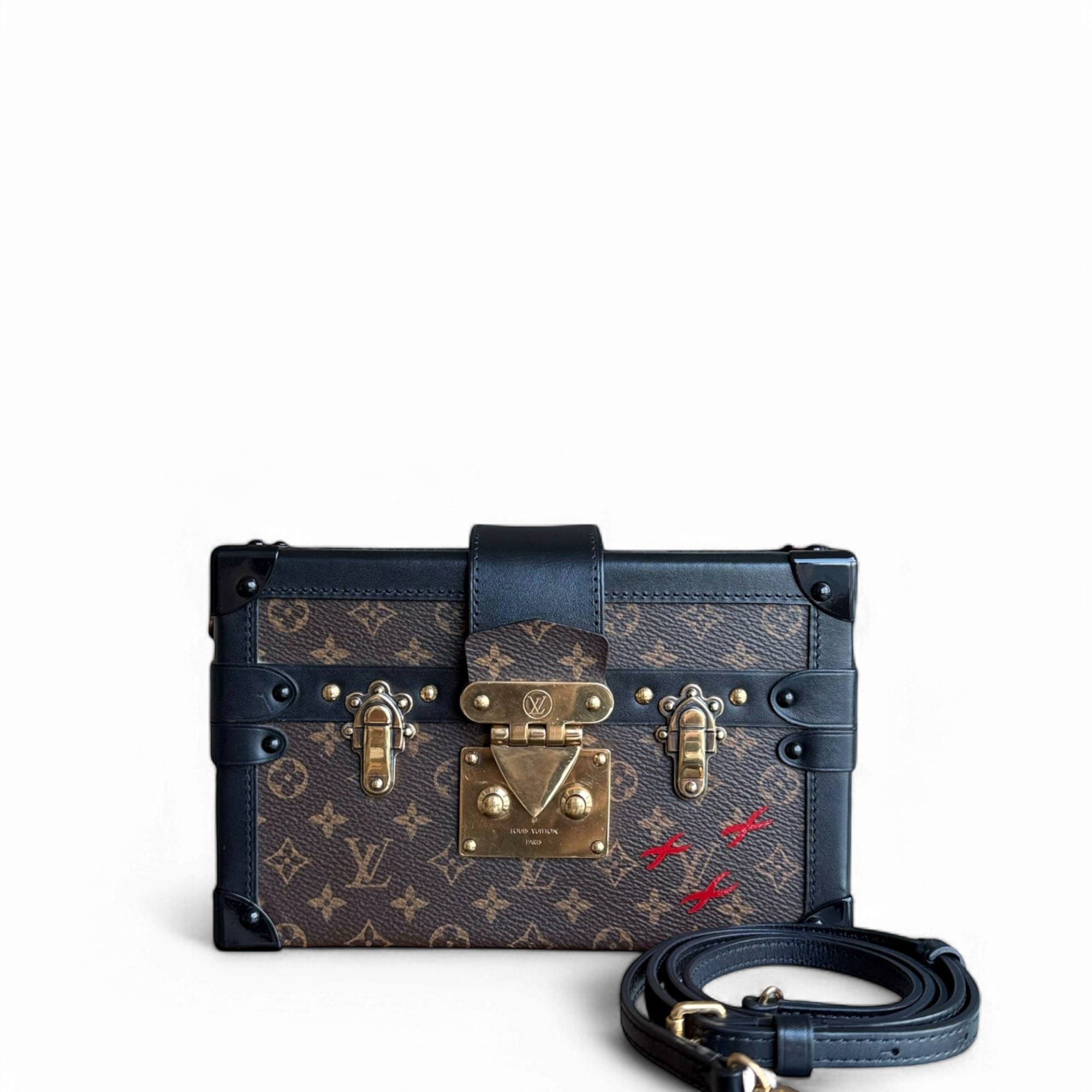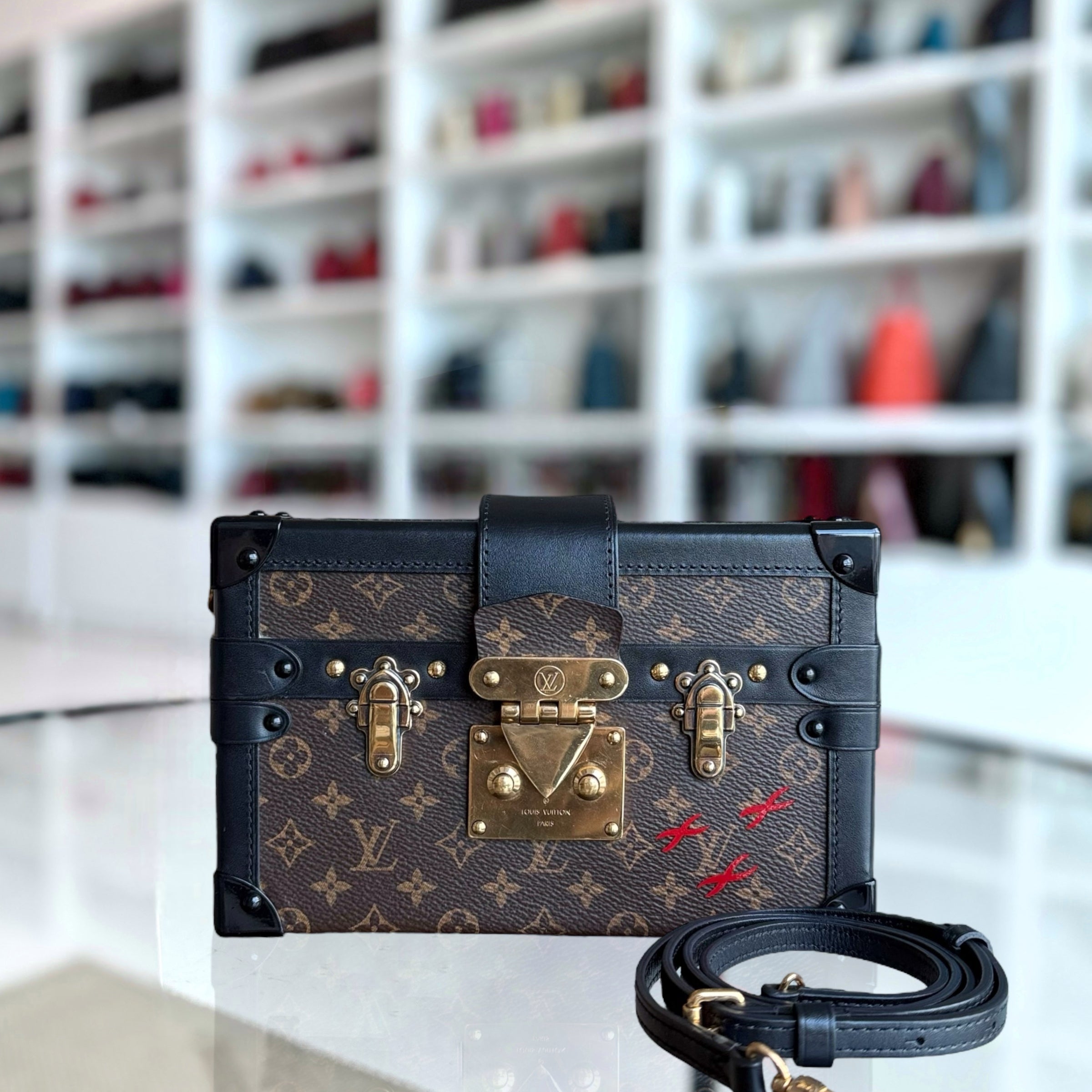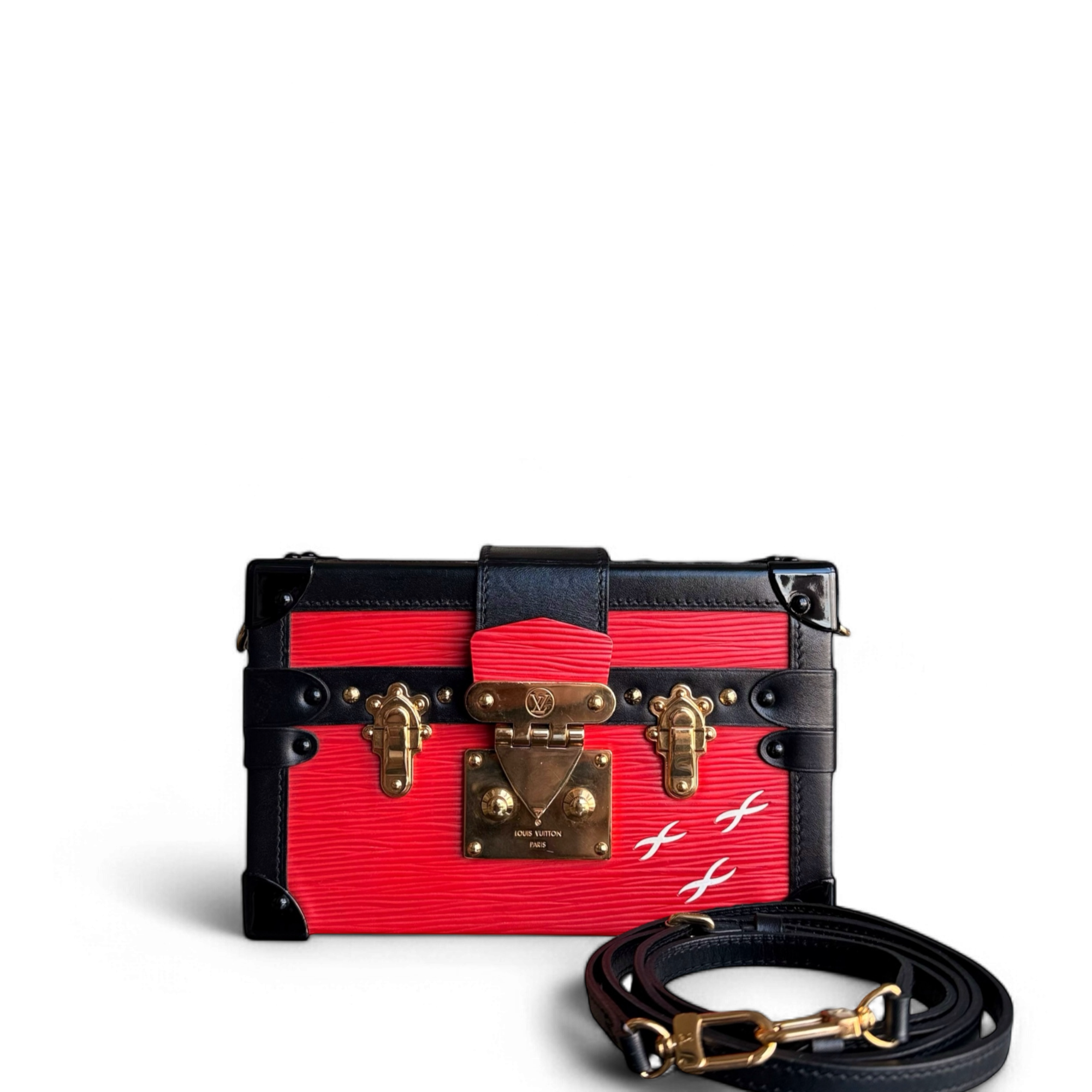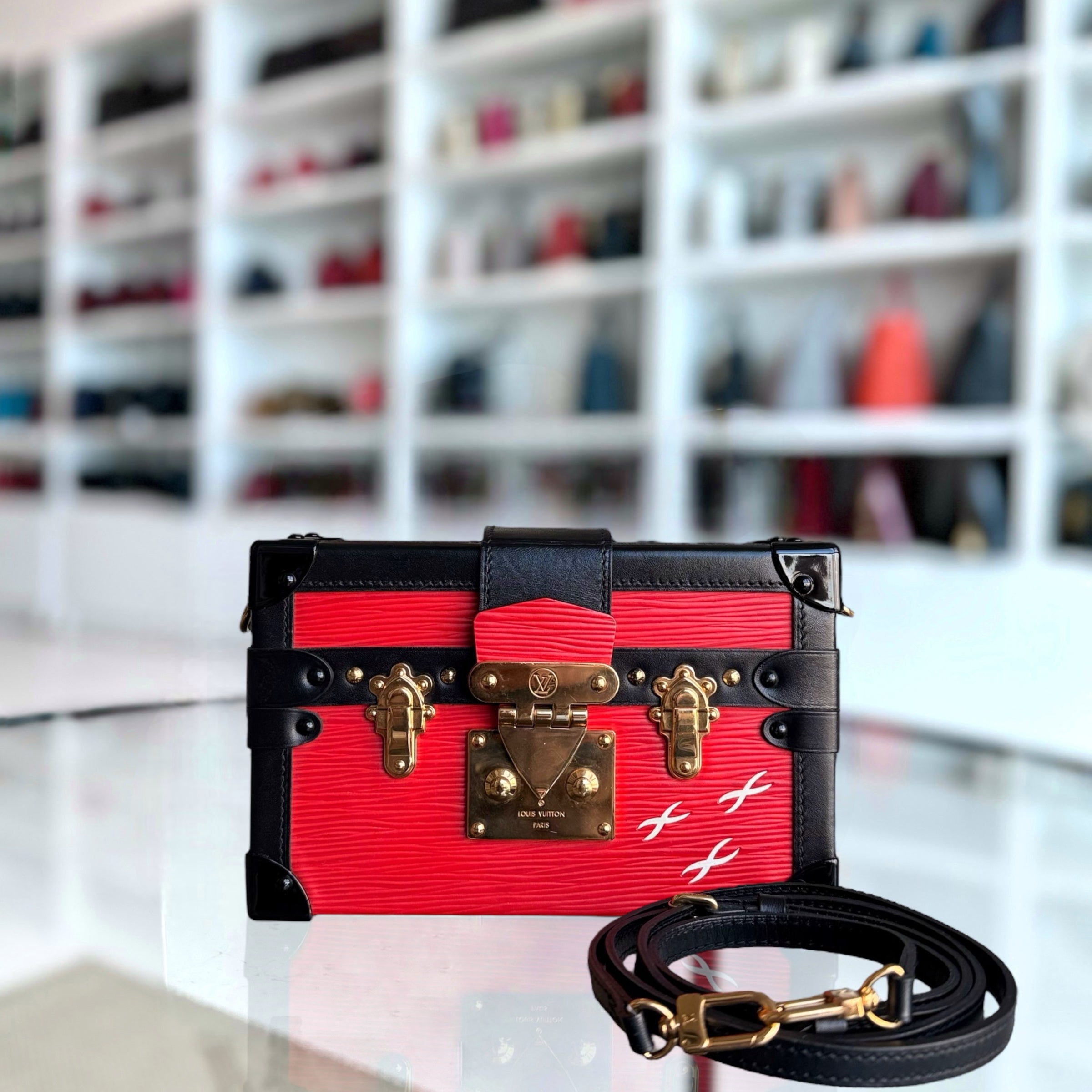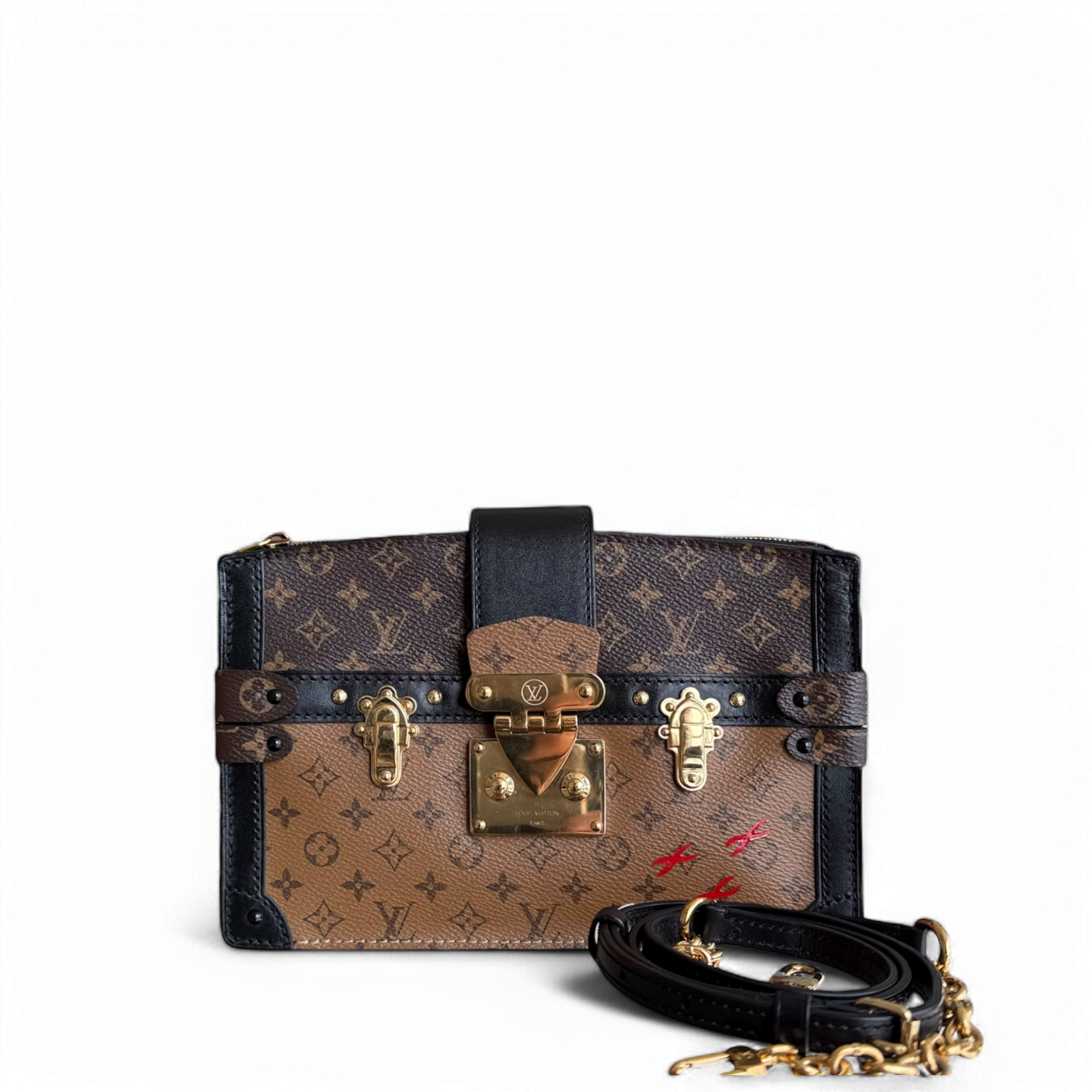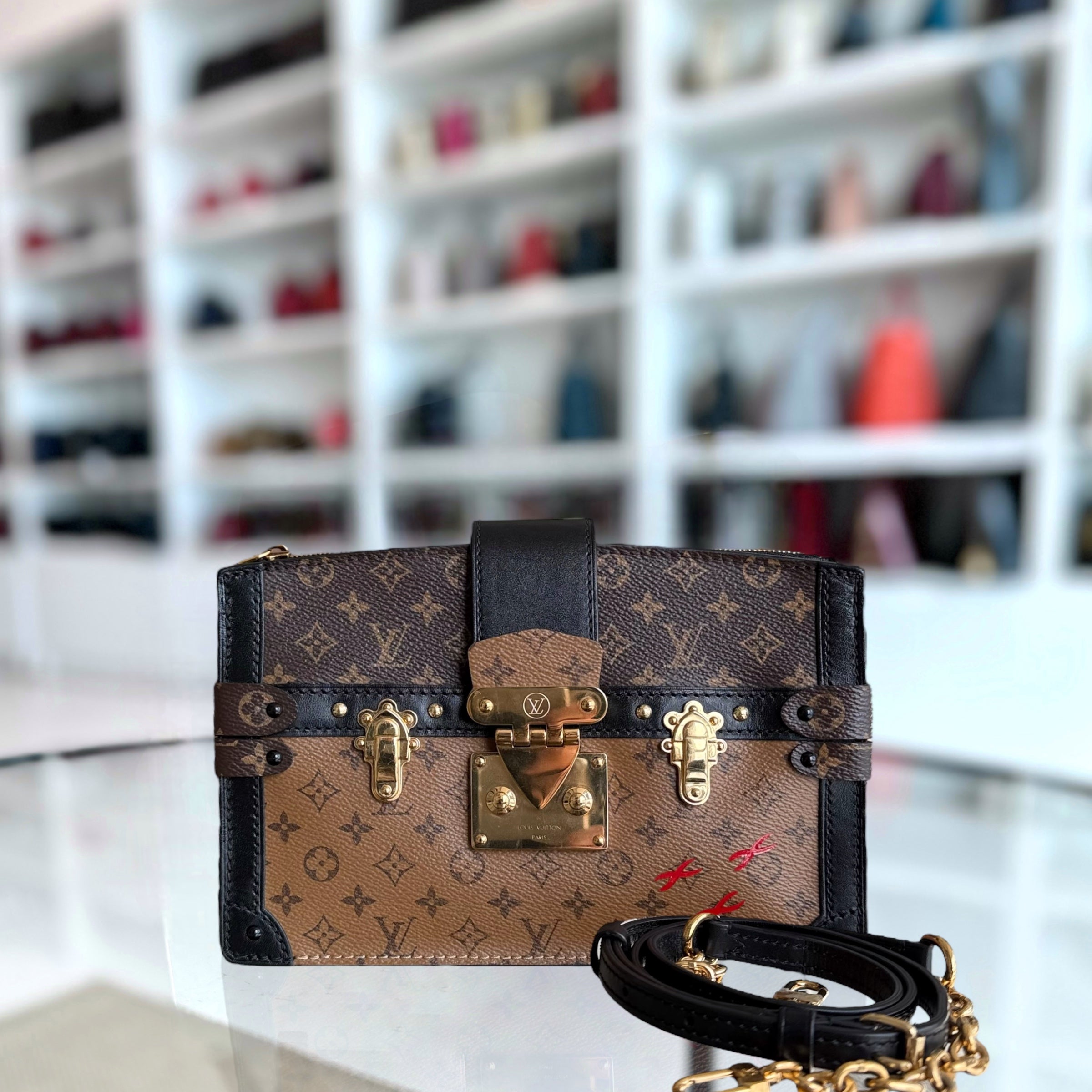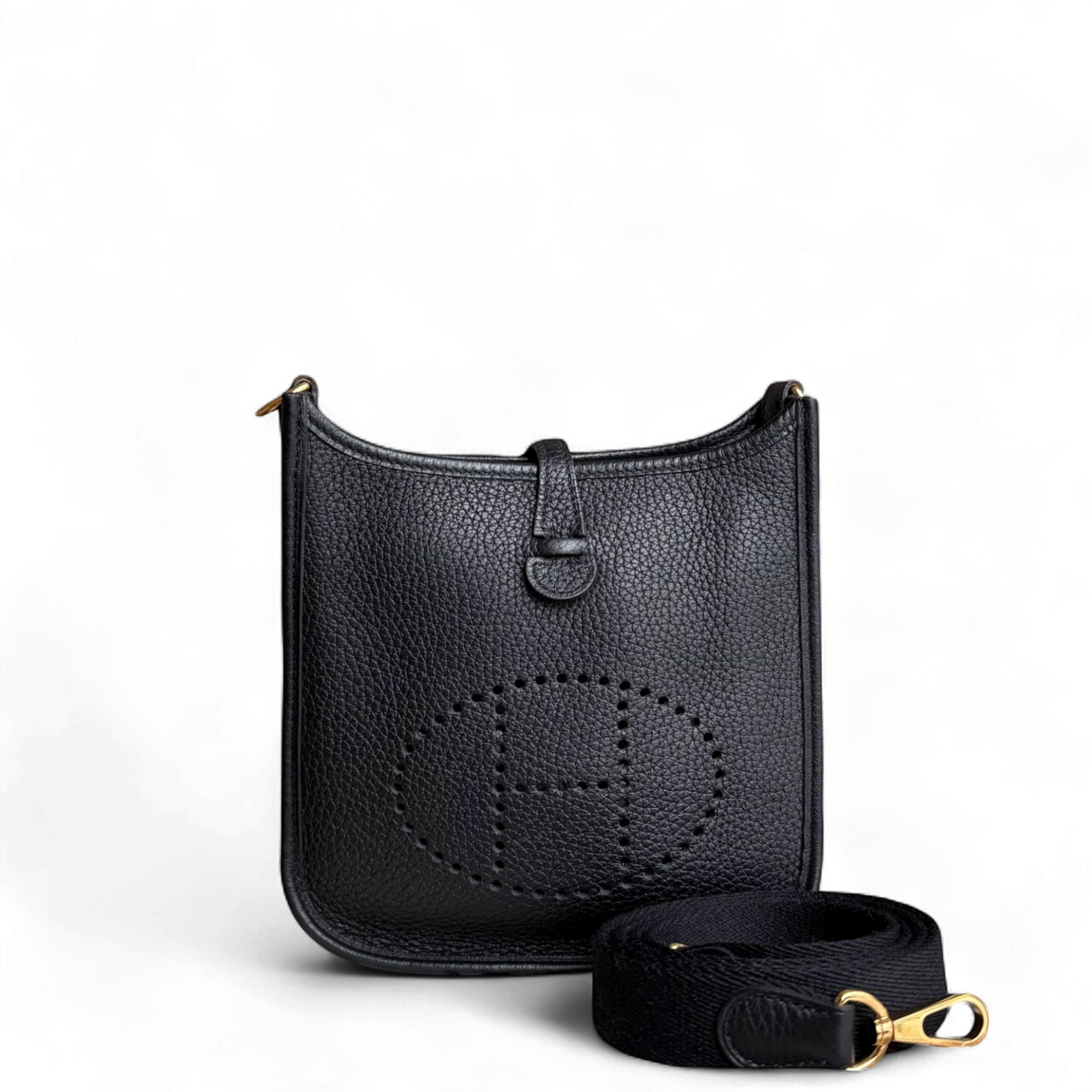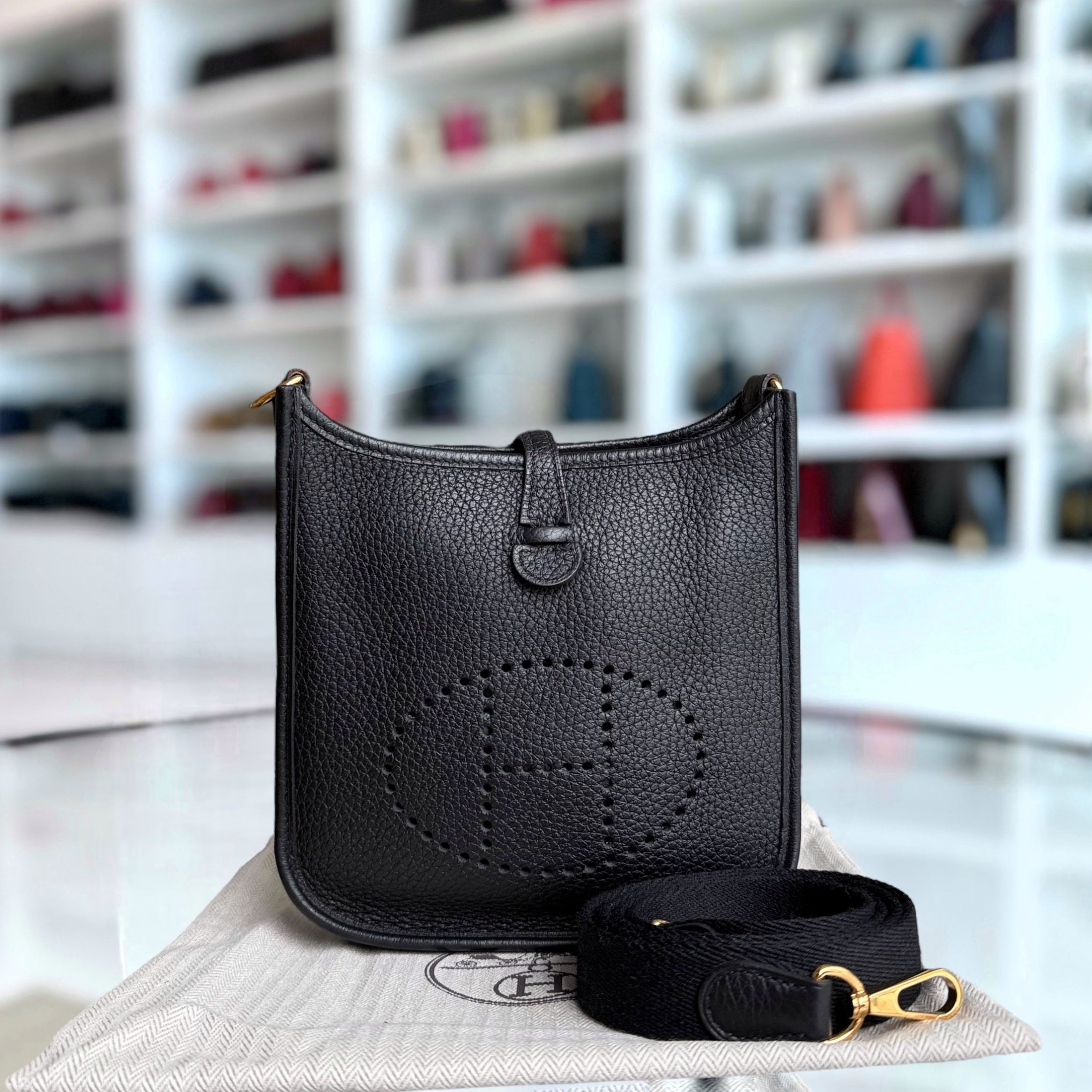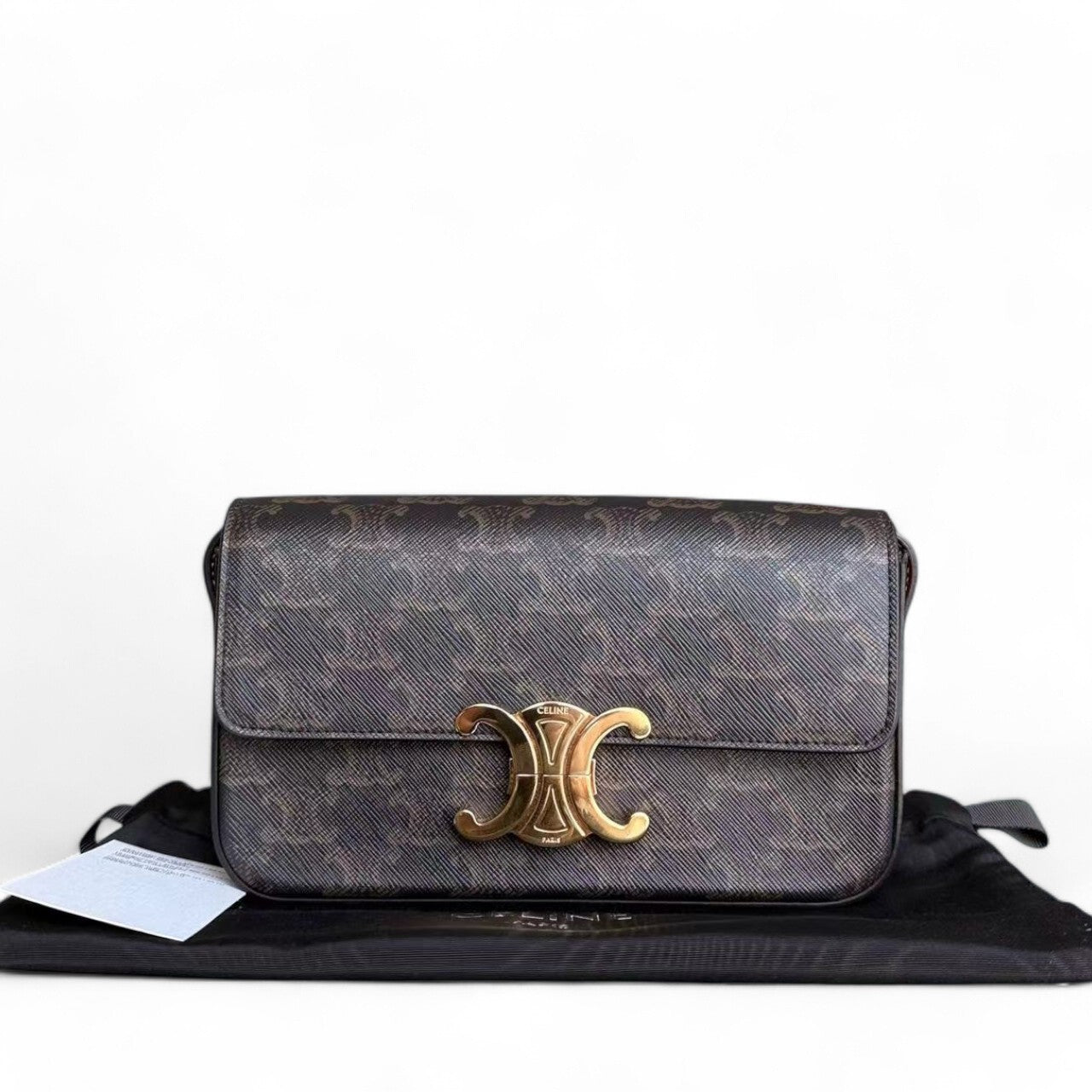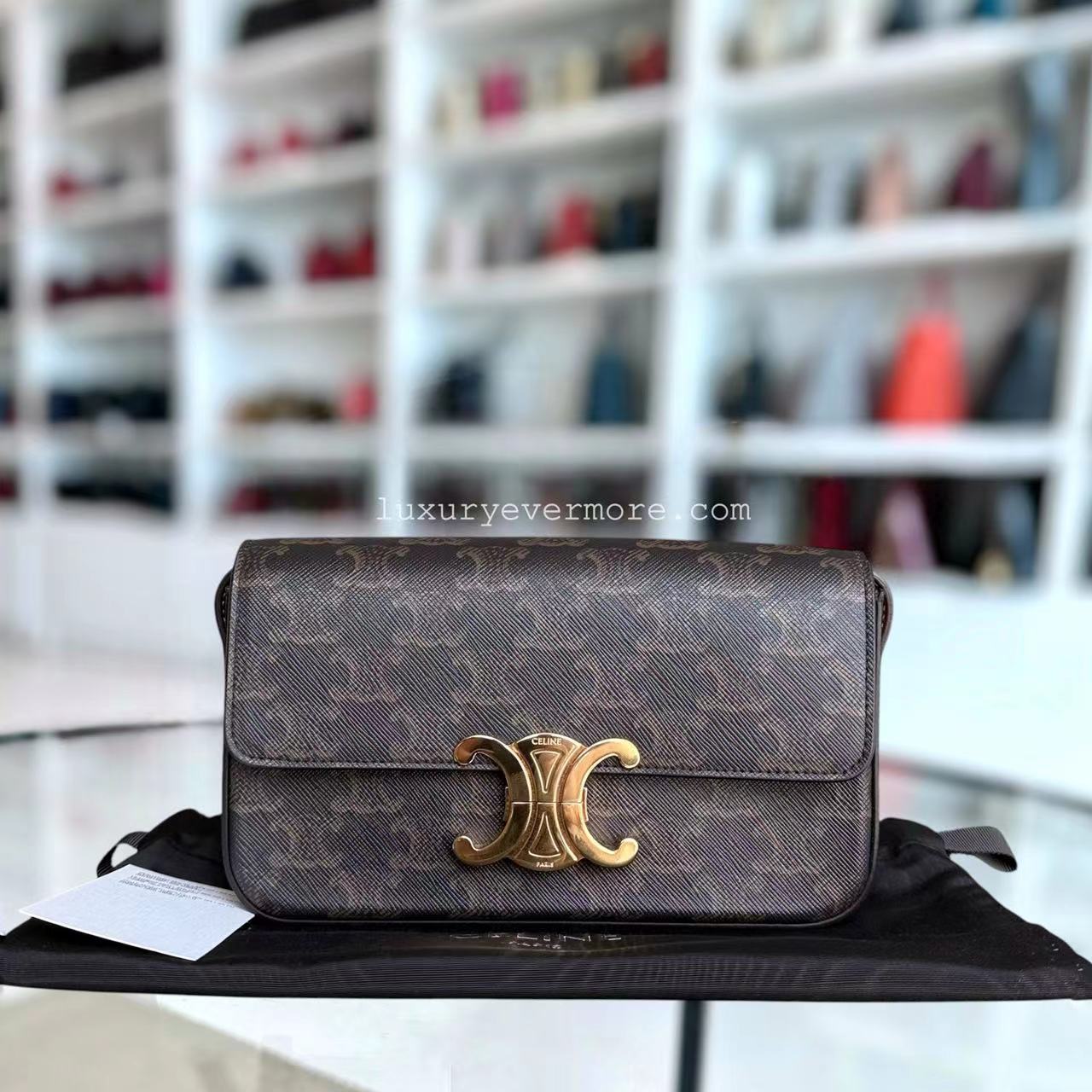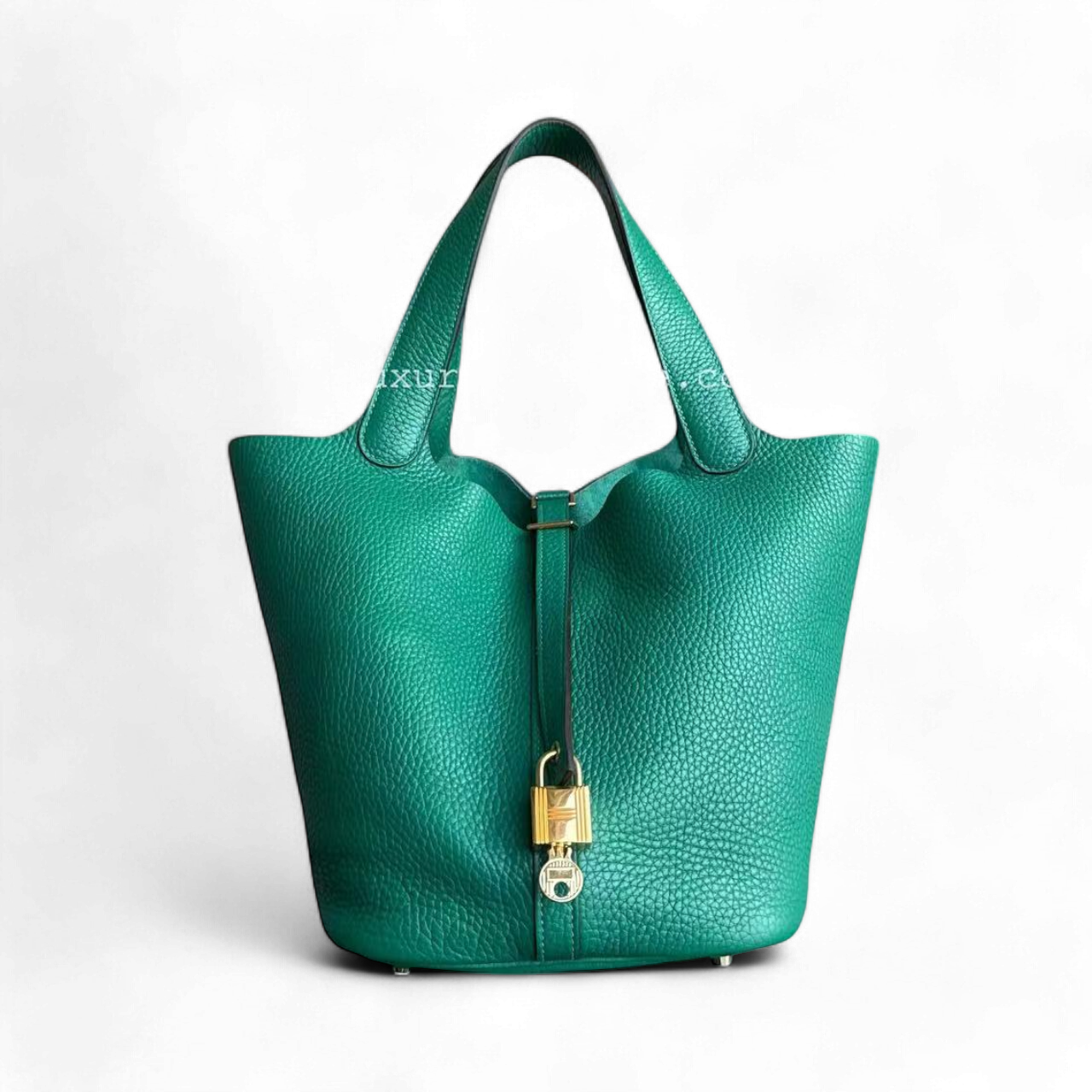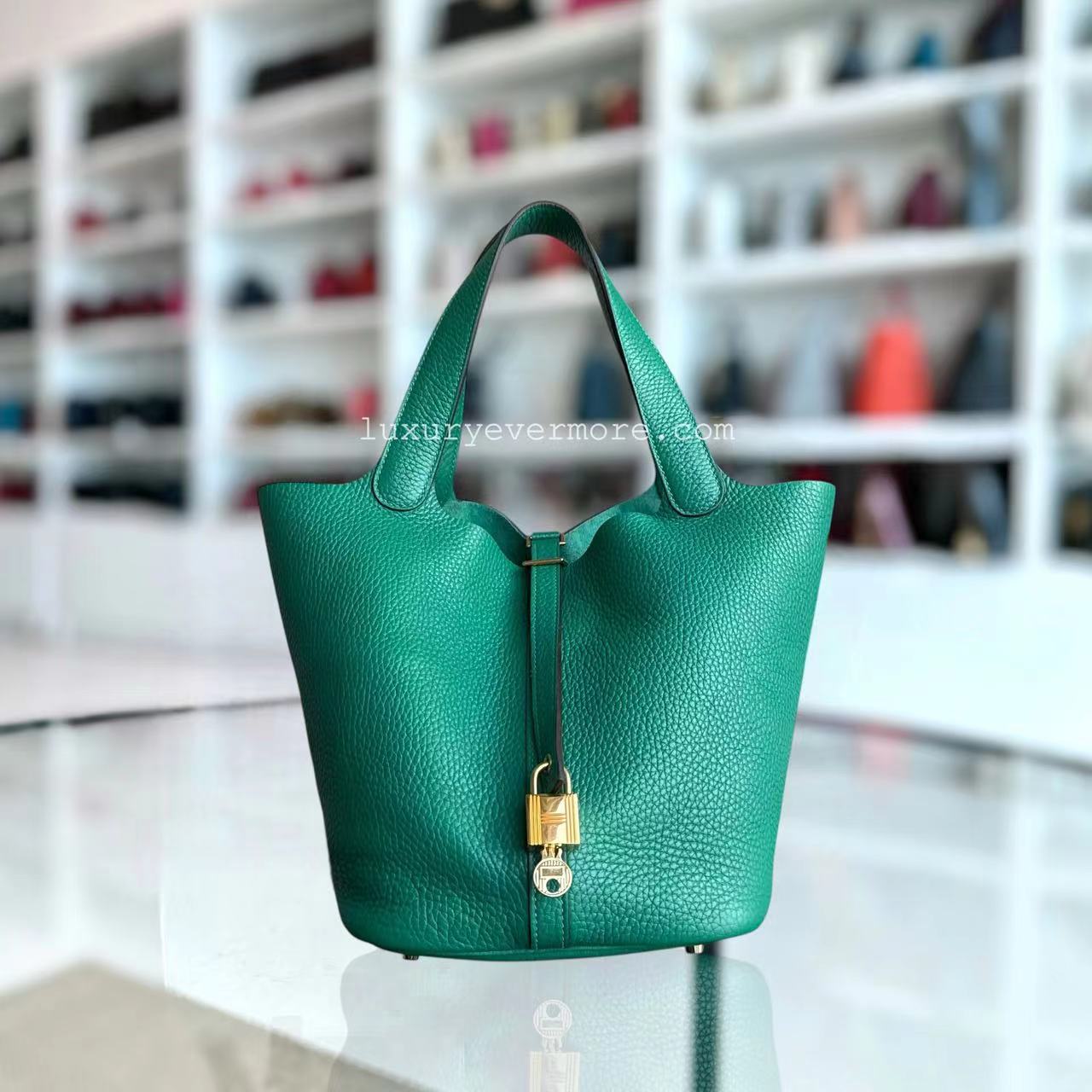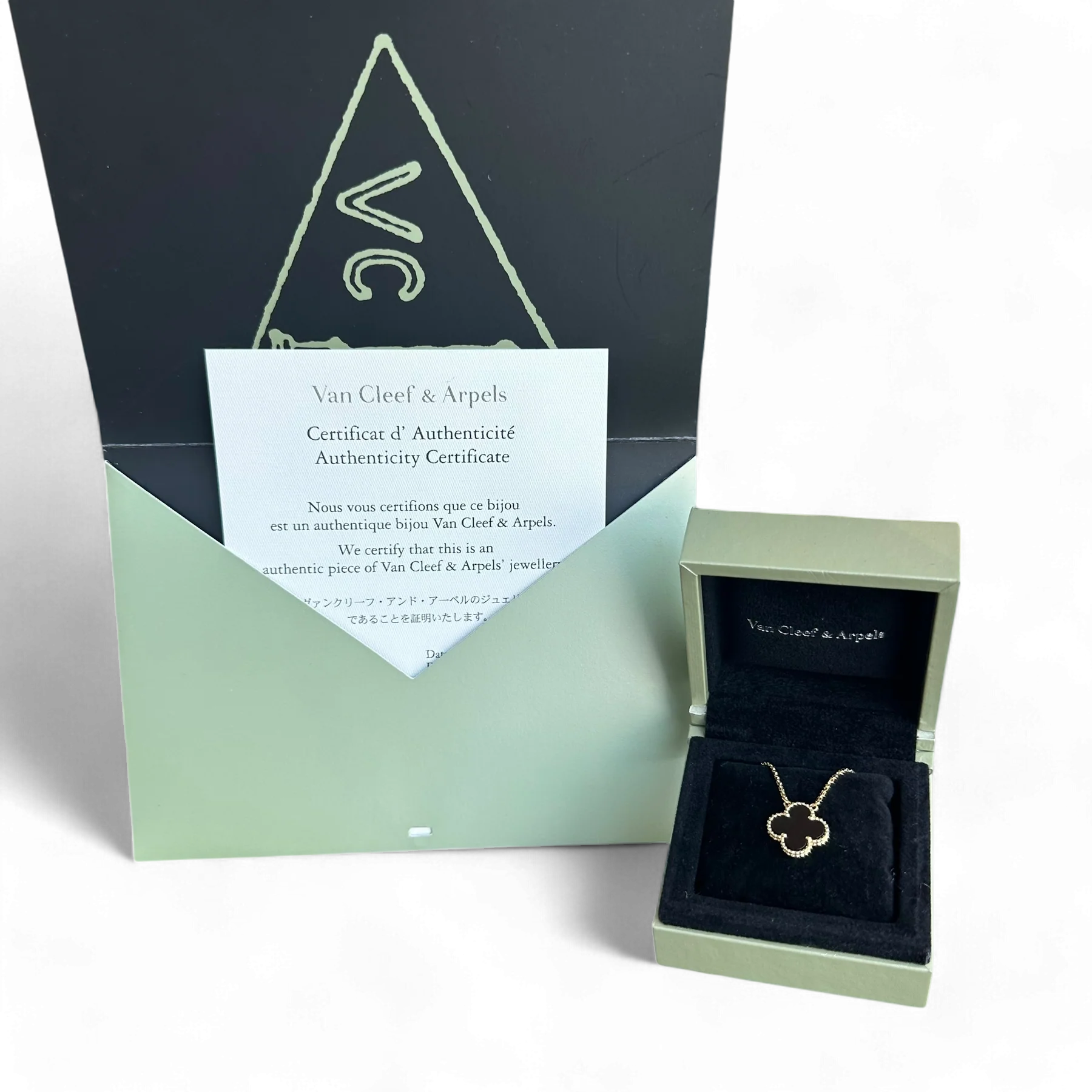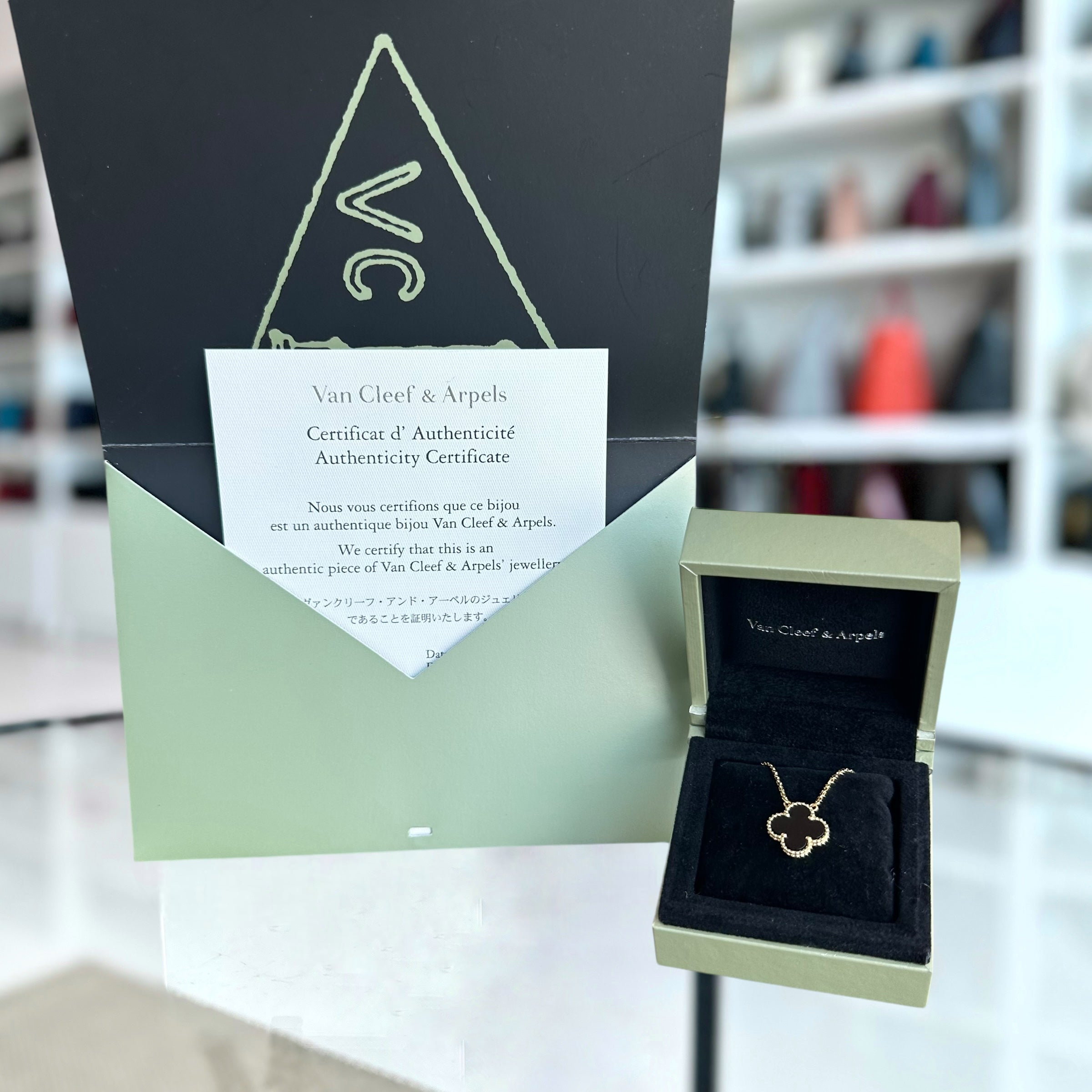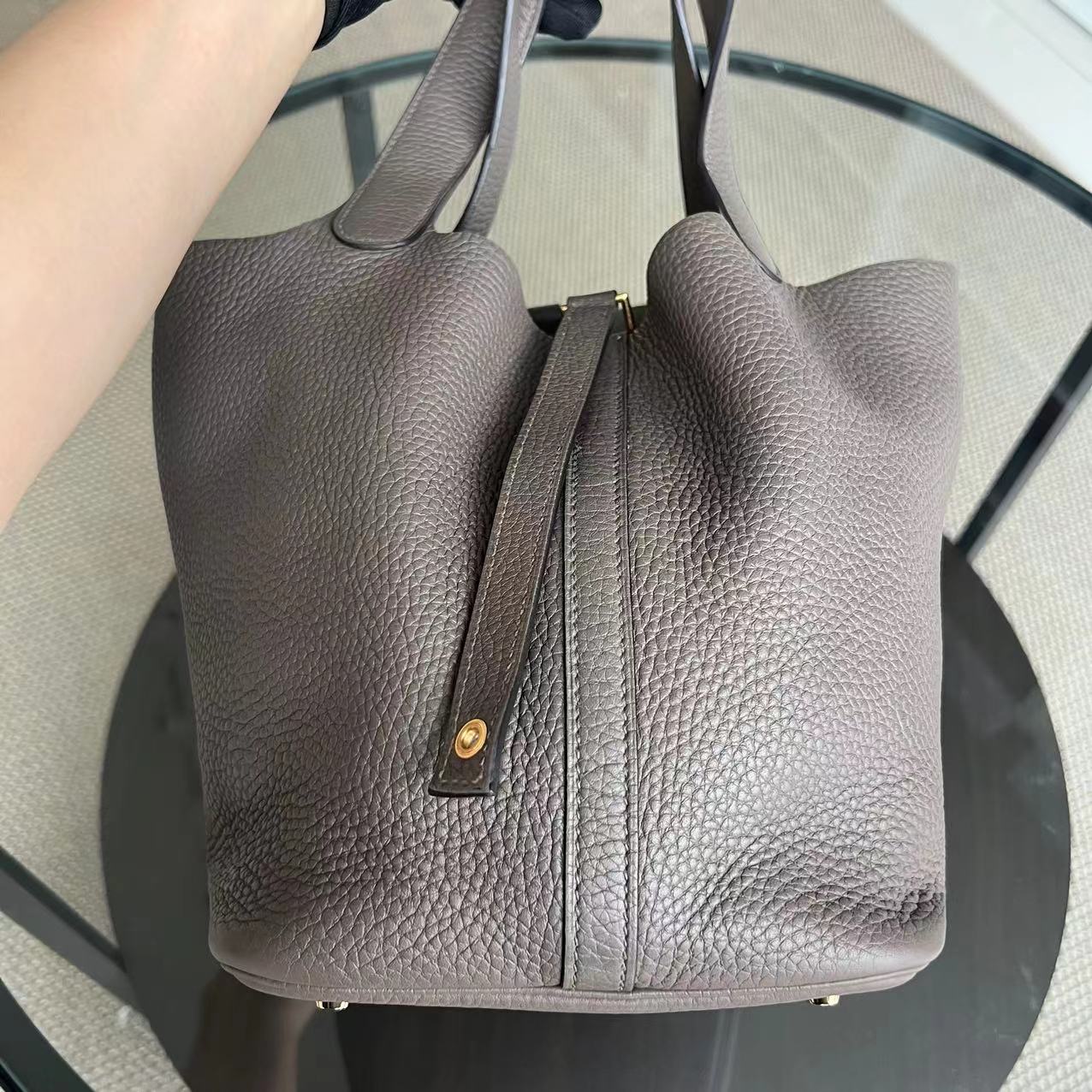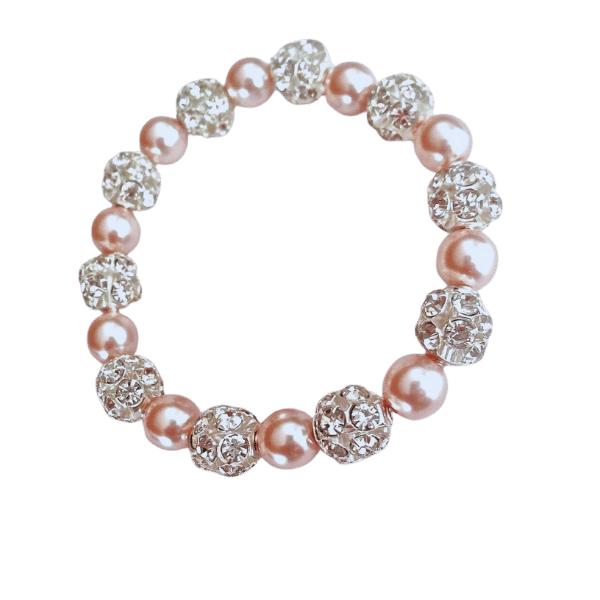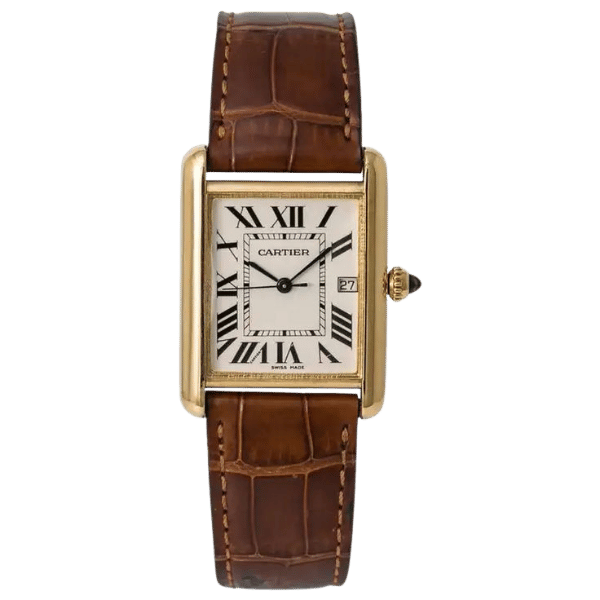Who Owns Chanel? The Legacy of Gabrielle, the Wertheimers, and Karl Lagerfeld
Chanel, the ultimate classic brand with a touch of flair, is a truly astute design house. It is no wonder that such a masterpiece can be attributed to such excellence and talent. Technically, Chanel’s ascent to fame is not a work of one person. It took an immense amount of courage and passion from three individuals. Chanel, better known as Gabrielle Chanel, was, and is, the figure responsible for changing the impact of women’s dressing and subsequently the generous ways in which they are perceived. Much after that, a handful of other individuals, prominent among them being the Wertheimer family, took up the question of stabilizing this brand. The biggest factor that transformed Chanel into the product it is today was the ingenious designers like Karl Lagerfeld. This manuscript is a summary of a study of the evolution of the brand Chanel, as well as an explanation of how these personnel or various actors have affected each of these different aspects of their property. Thanks for joining me on this amazing tour. Wouldn’t this be the last? The birth of a new brand from scratch and its eventual growth to what it is today – this will tell the well-developed history of these said symbols. Or should I say stories behind the striking such brands?
Introduction to Chanel

Chanel is also known for its beautiful clothes, thanks to Gabrielle “Coco” Chanel, who in 1910 founded this outstanding fashion house. All its dresses were aimed at preserving the definition of woman while improving her comfort, which once again, belonged only to some women or none at all. This was back in the time when there were some indications of a clear shift in women’s clothing towards paradoxical elegance. By the increasing of decorative tailoring, which has a long history, Chanel produced its traditional lines and craftsmanship by including haute couture, the ready-to-wear, accessories, fragrances and cosmetics within the brand’s range. Within the world of fashion, the brand is seen as exclusive, boasting of iconic products, for instance, the Chanel No. 5 fragrance and handbags in cannage leather, still entrenched in people’s memories.
The founding of Chanel in 1910
Chanel was created in the year nineteen hundred and ten by this clothes designer called Coco in Paris. To start with, she was majorly oversimplified and focused his house in designing nothing other than hats, hats of her brand name, and in particular the "Chanel Modes", and this was in 21 Rue Cambon. The lucrative and fitting designs attracted a myriad of women in Paris and, throughout the years, served in the formation of the prominence that the brand enjoys.
Gabrielle "Coco" Chanel's vision
Gabrielle “Coco” Chanel had a vision of female fashion that aimed at freeing women by focusing on comfortable, practical, and everlasting beauty clothes. Surely she decided to put an end to all of this, of corsets, heavy overskirts, or undergarments, and make an upside-down fashion change into simple enough long silhouettes that make people move with ease. She preferred to use sober shades and exquisite materials, and these choices summarised the modernity that still prevails in fashion now.
Chanel is a symbol of luxury and innovation
- The LBD (Little Black Dress): In the 1920s, Chanel launched the little black dress, which transformed women’s fashion by marrying elegance and simplicity. It turned into a classic that every woman should have, intelligent in its simplicity and quite contemporary, such that it captured historical prestige.
- Chanel No. 5: Debuting in 1921, this legendary perfume recreated the very idea of fragrance in every aspect, with attention centered around an intricate and invisible formulation. The art of luxury created by Chanel is represented by these drastic representations, which became the all-time best-selling and quintessential perfume ever known to man.
The Wertheimer Family and Their Role

Overview of the Wertheimers
There is no lie in saying that the Chanel fashion house owes its survival to a few prominent families, in particular, the Wertheimers. In 1924, Parfums Chanel was established by Coco Chanel and Pierre Wertheimer, who supplied the entrepreneurial savvy and capital that helped grow the brand, with Coco Chanel. At present, the aforementioned titular family has complete ownership of the brand, or more specifically, Chanel, the business which is presently run by brothers Alain and Gérard Wertheimer. Their philosophy is to be innovative, unique, and have a rich history, for the continuous geopolitics of Chanel.
How the Wertheimers came to own Chanel
The history of the Wertheimers’ association with the Chanel brand began in the 1920s. There was a partnership formed between Pierre Wertheimer and Coco Chanel in 1924 in order to create Parfums Chanel. His input brought the needed financial resources and management skills to the table for the marketing of her scents. Naturally, it entailed that the major shareholding in the perfume company would belong to the Wertheimers. Eventually, with the passage of time, their participation increased, and so, over Chanel. Who owns Chanel? Well, the family has been around since then, hence the brand’s existence in such a competitive industry up to this day.
Influence of Alain Wertheimer on the brand
- Strategic Expansion: Alain Wertheimer took responsibility for the global expansion of the Chanel business so as to make the brand more available in various luxury markets all over the globe.
- Maintaining Exclusivity: Despite him taking charge, one thing did not change about Chanel, and that was remaining exclusive in the market by selling only to very selective boutiques and department stores.
- Focus on Heritage: He was very keen on ensuring that the existing standards of manufacturing were not compromised, and so much so that Coco Chanel’s vision was respected to the core.
- Investment in Innovation: Alain was excellent in fostering the growth of the Chanel products from new perfumes, developing better creams, to designing contemporary fashion within the construct of who Chanel is.
- Commitment to Independent Ownership: Maintaining an independent Chanel, family business – as long as he was at the helm of the company, Alain did not allow diversification to occur through external parties.
Chanel's Evolution Through Ownership Changes

Impact of ownership on Chanel's direction
- Safeguarding the Brand and its authenticity: Being a private company has allowed the House of Chanel to concentrate on making every detail of a luxury product perfect without losing the brand’s essence of class and elegance.
- Optimising for the Next Generation: The independence of Chanel, both in terms of governance and finance, has enabled the company to think about ways of enhancing and growing its business in a sustainable manner – through innovation for the environment, for instance – without necessarily having to meet the expectations of short-term focused councils of investors.
- Maintaining the Spirit of Invention and Creativity: In addition to allowing Chanel to maintain creative distinctiveness, the privatisation of the company led to exciting investments in the creative landscape: collaborations with other industries and advancements in beauty, fashion, and luxury were achieved.
Transition from Coco Chanel to Karl Lagerfeld
The succession of Coco Chanel by Karl Lagerfeld was another turning point for the house. After her departure in 1971, the house was almost translated into irrelevance due to the changing pace of the fashion world. When Karl Lagerfeld took the reins of the fashion house as the creative director in 1983, he was able to engage in resuscitating the brand by restoring Coco Chanel’s mythological mythology but at the same time catering to the contemporary trends. Lagerfeld revisited the retelling of the myth of Chanel, the lady with the tweed jacket and signature accessories, modernized. As a result of this, Chanel was able to advance in luxury fashion again during Lagerfeld’s reign.
Current state of Chanel and its luxury brand status
Among the highly regarded luxury brands, Chanel amply deserves a mention. It is widely appreciated for its timeless designs, high-quality products, and is very rare to come by. It is still able to navigate the hordes of luxury bogging down its competitors. Chanel is strongly determined to provide high quality and newness, which helps in relevance too. Their products, out of which the 2.55 bags and the No. 5fragrances are most prominent, accentuate the loud voice of the brand. The channel of distribution of this luxury brand is one of the most important factors that keeps the brand filled with mystique within the industry, and especially, it gains lots of superiority over other global luxury industries.
Coco Chanel's Lasting Legacy

Iconic products: the little black dress and Chanel No. 5
-
The Little Black Dress: In the year 1926, Coco Chanel came up with the little black dress, which considerably altered women’s fashion. It was an ideal synthesis of simplistic elegance and was a sigh of relief; elegance made access even easier which- gave birth to labels reducing the dresses in time.
- Chanel No.5: This fragrance was released in 1921, and it became a landmark in perfumery. It is an exquisite combination of several fundamental aldehyde droplets with flowers. Hence, it is one of the best-known and most “desirable perfumes” of all time.
Chanel's influence on haute couture and fashion design
- Revolutionizing Women's Silhouettes: Chanel moved away from corsets and pads, and instead, her designs were simple and practical, yet elegant enough to allow movement.
- Creating the First JerseyBlush: Nation to Nation men’s underwear broke taboos of western society by using jersey fabric, making simple yet exquisite luxury available.
- Primary Language in Setting Trends with Accessories: From her signature variance of quilted bag 2.55 Chanel with hard cases S or L, closed the whole circle of costume jewelry, relevant even today, while trying to design a fashion look.
How Gabrielle Chanel revolutionized the fashion industry
Gabrielle Chanel, through her designs, which were modern and mostly meant for the independent women of the new era, brought freedom from what was considered traditional, stiff clothes and long flowing skirts. A designing technique that emphasized the wearer's or user's freedom of movement, replacing corsets with comfortable fits and style, proves that aspect many times. She promoted affordable yet fashionable clothing for women of all ages by using simple but good-quality materials like jersey. With styles like the ‘little black’ dress and the Chanel suit, she brought style that changed the entire outlook for fashion, and is still being applied universally. Her designs were unique in that she could restrain any embellishment to simple forms but remain fashionable, and this is what she did to clothing, thus achieving a great success, which even after her disappearance still affects current trends in fashion design.
The Future of Chanel

Chanel remains a leader in the luxury fashion industry
Chanel is still on top of the luxury fashion game thanks to its dedication to sticking to the best up-to-date quality, creativity, and classical style design. The each era brings new designs that are inspired by the brand’s classics –without losing the prestige and class –nonetheless Chanel can still be regarded as the same. Investment in sustainable and digital processes has, furthermore, been at the core of strategic growth for the brand as it has been necessary in order for it to remain –and in fact grow in a complex and scarcity-prone market where there are new needs from consumers and developments in the market.
Anticipating the next chapter for Chanel
In my eyes, Chanel stands a very good chance of sustaining its innovativeness while still appreciating the beauty of its past. Their competitiveness lies in their sustainable operation, their digital innovation, their creativity in designing products that match changing values of their consumers.
The enduring appeal of Chanel as a French luxury fashion house
Chanel holds a steadfast allure owing to its skilled construction, classic designs, and ingenious flair. For instance, the products that can be immediately recalled when Chanel is mentioned are No. 5 perfume, the staple tweed, and the 2.55 bag – all symbols of style without question. In addition, the dedication to maintaining high-quality standards and fostering exclusivity makes Chanel relevant for all ages. Chanel is thus known to date as one of the top luxury fashion houses in today’s market and a global brand, as it has always epitomized class and style.
Frequently Asked Questions (FAQs)
Q: Who owns Chanel nowadays?
A: Chanel is a privately held company under the control of the Wertheimer family. The principal shareholders of the house are the grandsons of Pierre Wertheimer: Alain Wertheimer and Gérard Wertheimer.
Q: What is the essence of Chanel's ownership history?
A: The fashion house was founded in 1910 by Gabrielle "Coco" Chanel. The Wertheimer family has controlled Chanel since supportive relations were established with Coco Chanel in the early 1920s in her perfume business.
Q: What role did the Wertheimer family have in the evolution of Chanel?
A: By actively bringing growing force to Chanel and launching it at a global level, the Valueheimers have made Chanel one of the most widely recognized names in luxury.
Q: What changes did Coco Chanel bring to the world of fashion?
B: It is believed that Coco Chanel created a revolution in women's fashion by providing a guise for the little black dress and styles that were, infinitely, comfortable-yet-elegant, instead of uncomfortable.
Q: When was Chanel's first boutique opened?
A: A little French city by the name of Deauville got its first house of Chanel in 1913, and from there began her eminence in luxury fashion.
Q: What are some of Chanel's famous perfumes?
A: Responsible for placing Chanel on the map of finest perfumes, Chanel No. 5 was developed in 1921; it is probably the most famous fragrance ever to dominate the perfuming world for a number of decades.
Q: How does Chanel keep itself at the luxury end?
A: Products' exclusivity, exquisite crafting, and, from the brand's point of view, emphasizing its own heritage and brand identity, which all translate into the brand's iconic fashion ideas and its iconic fashion fragrances.
Q: Does Chanel sell cosmetics?
A: Gooseberry through its S.A., Parfums Chanel, is battling for the development of its cosmetics and fragrance range against the beauty industry.
Q: What influence did Coco Chanel have on modern fashion?
A: With Coco Chanel's designs and philosophies, the contemporary fashion remains forever influenced because, especially, comfort, simplicity, and elegance have evermore been preferred in modern collections.
Reference Sources
- Yale School of Management - Insights on Chanel: The Chanel company is discussed as remaining privately owned, with things being done so that long-term quality is maintained.
- Stanford Graduate School of Business - View From The Top: Leena Nair: This source mentions how the company operates as a private concern and is led by Leena Nair.
- Chanel
- Coco Chanel
- Fashion
- Chanel Singapore | Authentic Secondhand Bags from Luxury Evermore
Contact Luxury Evermore should you need help with acquiring or building up your collection. There is a variety of brands with different styles, as well as sizes, and colors, for example, Hermes, Chanel, lv and Dior. If you are not lucky enough to find the bag you are looking for on our website then our concierge team will probably be able to order it for you. We provide 100% authenticity guarantee for all our bags, and any item sold on this site will be dispatched to you within one to two business days upon receipt of the payment.
